If you’ve found this page, then undoubtedly you have heard the words ‘JDM cars‘.
Whether you’re a newcomer to the wide, kinda rusty world of JDM, or you’re a long time enthusiast, I’m looking to create a one stop informative guide for all.
I’ve compiled this in-depth introduction into JDM cars, enthusiasts, and tuning, not only for the uninformed to look on and say ‘ahh, that’s what the fuss is all about’, but also to provide a fresh perspective to current enthusiasts of what they’re ultimately a part of.
In this article I will;
–Explain what JDM cars are and what makes them special
–Provide examples of popular JDM cars with a photo gallery
–Explain what it means to be an enthusiast
–Explain how you can choose a JDM car
–Explain how to tune a JDM car
–Talk about how you can acquire parts to modify your car

Japanese Domestic Market. It basically means something was produced with the intention of being sold in Japan. When talking about cars specifically, manufacturers will release different models, different trims, different packages, different engines etc, to different parts of the world, or ‘markets’.
Its not uncommon for a car of the same make and model to be released in different parts of the world, but for the JDM model to have features or packages tailored to suit the needs of Japanese road-goers, and not sold in other parts of the world.
The term ‘JDM cars’ then means a car released and sold within Japan, however the term ‘JDM’ when used among enthusiasts specifically relates to ‘Japanese made’ cars. When an enthusiast says JDM he is actually saying Japanese made car, no matter if it was released in japan or elsewhere. Particularly popular are the cars sold between the late 80s and early 2000s, also known as the ‘golden era’.

During the 80s and 90s Japanese automotive manufacturers were reaching for the stars, trying to jam as much tech, performance, reliability, and emotion into their cars as possible… Manufacturers were at arms with one another trying to create the best cars for each category.
Front wheel drive, Rear wheel drive, all wheel drive, naturally aspirated, Turbo, supercharged, twin charged, mid engine’. Manufacturers wanted their own cars to top each of these categories, and there were races to prove their cars of course.. Cars with real racing pedigree like the R32 GTR will be remembered for years to come.
But performance wasn’t the only focal point, often times these cars were over-engineered for durability!
An example is the legendary 2JZ engine, destined to be the beating heart of the Supra, the twin turbo version producing a modest 280HP. These engines are known to tolerate power levels up and around the 800hp level happily, and without internal upgrades. That’s almost 300% the engines intended power! Do you think they tried to cut production costs? I don’t think so.
What about the styling of golden era JDM cars? They were cool. They were sexy. They were unique. The Mazda FD RX-7, Mitsubishi GTO, and the Honda NSX come to mind.
They tried to outdo each other in terms of appearance, moving away from the boxy, somewhat mundane styling of the 80s, you can really see a design trend change throughout the 90s that showed how inspired the designers were to create something unique!
More than that, Japanese cars have always had a well thought out design in terms of parts accessibility, allowing for easy maintenance and upgrading to be carried out.
This spawned the creation of aftermarket parts manufacturers, many of which are still alive and well today. The most prominent and well known among them might be HKS, Greddy, Tomei, Bride, Rays, Work, etc. The list is tremendously long.
A well tuned JDM car looks… right.
The tuning companies view their work as upgrades to the car, carrying the car further into development to reach its true potential. Aftermarket tuning support for a Japanese car is huge! They go hand in hand, and that is why during the golden era these cars weren’t referred to as JDM cars but as ‘tuner cars’.

Around 2005 was the last of the golden era.
As the years went on performance and innovation were given the back seat in favor of emissions and safety. Obviously this was a good move considering most people in the world don’t consider cars to be a hobby, but more of a convenience, they don’t care about the balance of their car around the apex of a corner, but they definitely want to spend less on gas and be protected in the event of a road accident.
The drawback to safety and emissions focused cars of course, is that they now have extra equipment on board to… be more safe and efficient. And that means more weight. Airbags, ABS braking, automatic braking, collision detection systems, adaptive headlights, stability control, and etcetera are all electronic advancements made in the name of safety and nothing else. Of course that’s important for most people, but it simply is not for most motoring enthusiasts. If you like your cars, and you like driving them, the you like them fast and nimble. And that means the only innovation you like is to rip out all of the electronics that came with the car. Unfortunately even after you’ve removed the safety bloatware from your new car you might find its still too heavy. That’s because newer cars have followed a trend of becoming larger and more roomy, and as a result heavier still.
But there’s more reason to dislike safety equipment as a motoring enthusiast.. what’s that? well.. what does safety equipment have to do to make you more safe? It needs to limit your input, it takes away the control of the driver. All onboard safety innovations except the airbag are simply a single step closer to self driving cars. automatic braking, automatic headlights, automatic stability and throttle control, and even automatic shifting are impositions to the way a driver can control the car. Its all designed around the idea that a machine can do something better than you can. And under everyday commuting situations that might be true, but if you want to take the car to the track, the mountain, or even the top level of the local car park and intentionally drive in an unsafe manner… Well I can assure you frustration sets in when the car doesn’t do what you want it to.
What about emissions and economy, that cant be bad right? Well, fast cars use a lot of gas. If we are trying to save petrol then that means we aren’t trying to go fast.
In the name of efficiency many modern engines are built so finely and precisely to reduce internal frictions and vibrations that just a slight amount of tuning can add an immense amount of stress on engines, dramatically reducing engine life. Most modern cars don’t qualify as being capable enough for aftermarket parts companies to even make engine upgrade parts.
Fast 0-60mph times are good for marketing, and many people have been conditioned to think of that as a good measure of performance, as if that were the measure of excitement a car can bring. As a result quick shifting automatic gearboxes have replaced manuals, coupled with the points earlier we are left with…
Heavy, lazy cars, chock full of electronics that interfere with driver input. Most mid-performance models tout the ability to accelerate quickly in a straight line, but will suffer tremendously in overall performance when compared with older, lighter cars. High performance focused cars are still being built today, but they are uncommon, expensive and unobtainable for most people.
Did styling suffer as well? Style is definitely subjective and we all have our own opinions, but to me it feels as though new car manufacturers lately have conspired to build only mundane cars resembling one another with minor brand specific styling cues. In contrast the cars of the 90s all had their own flavor, even the econo-s#!tbox hatchbacks were cool with a few style upgrades.
When you can see the contrast between what a golden era JDM car was, and what a modern car is you might be able to appreciate that they were built during a time without much restriction, when the focus was on driving experience and self expression. We will never be able to return to that era and so these cars will always represent something valuable to motoring enthusiasts.
In no particular order lets go through some of the most loved and recognizable JDM cars. You’ll notice there are more than one generation of many of these cars and fans will have their own preference as to which model was the best! I’m a bigtime A70 Supra fan!
Warning: lots of pictures! Try zooming in. If you like one of these cars you can check the caption of the photo for the owners Instagram handle and you can peep some more photos!
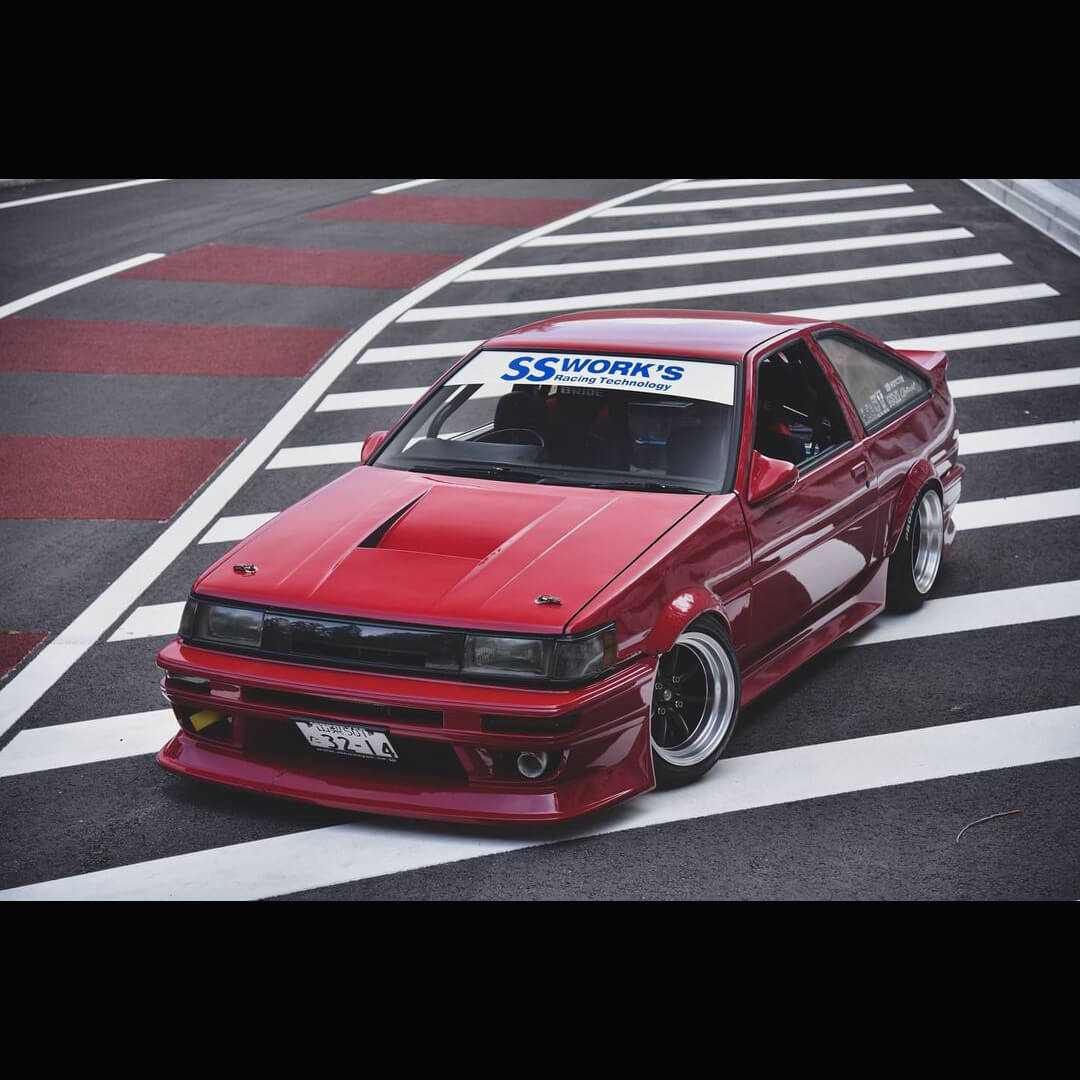
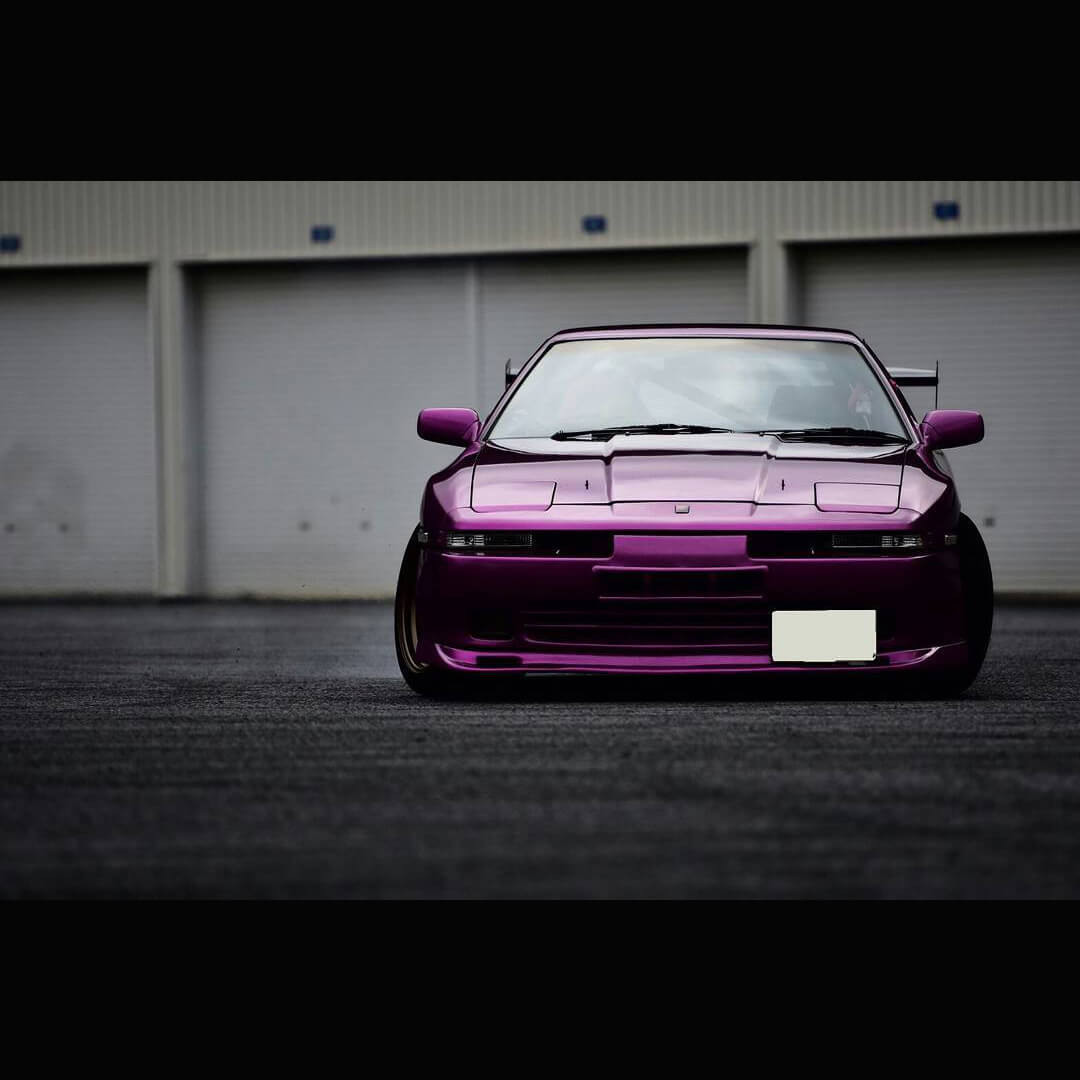
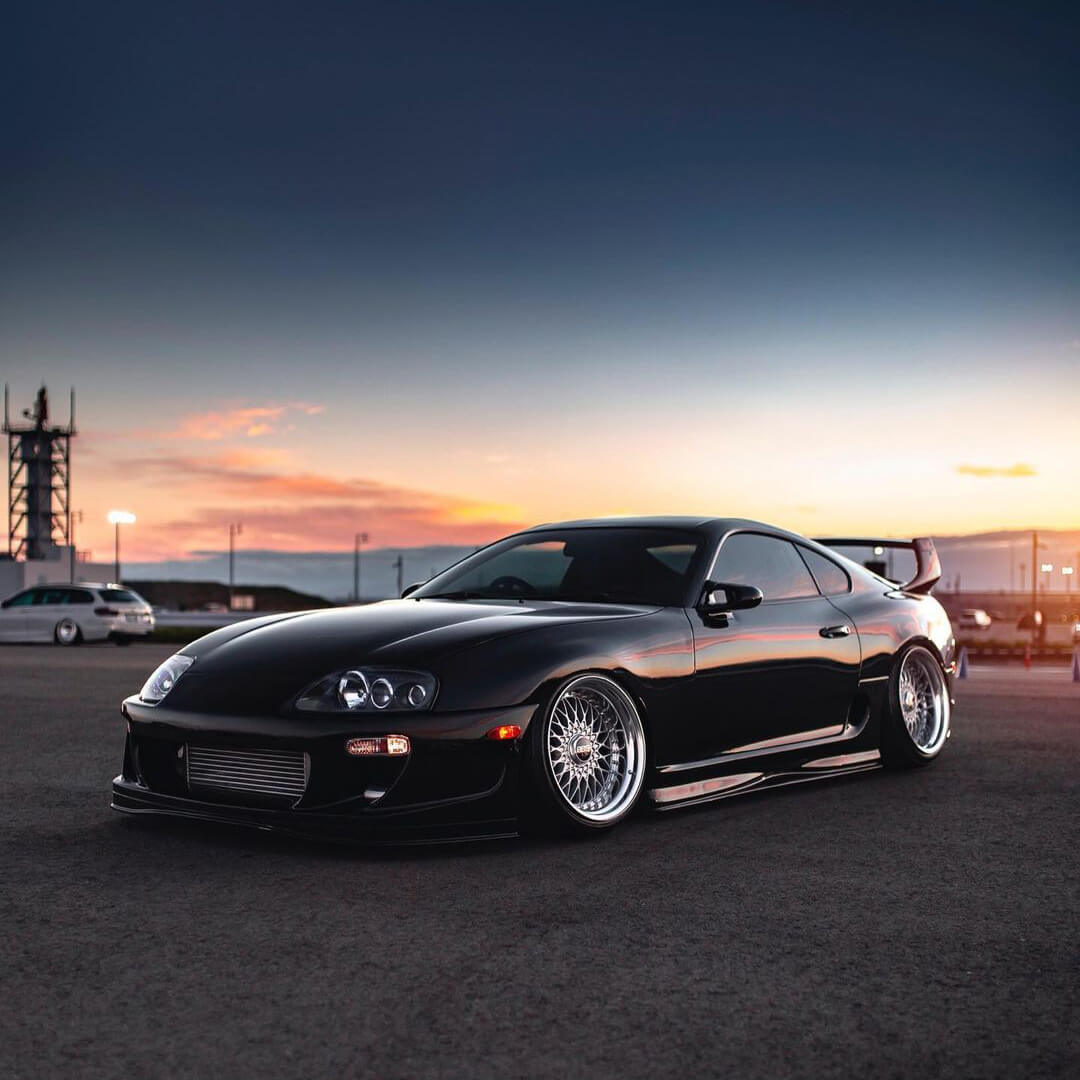
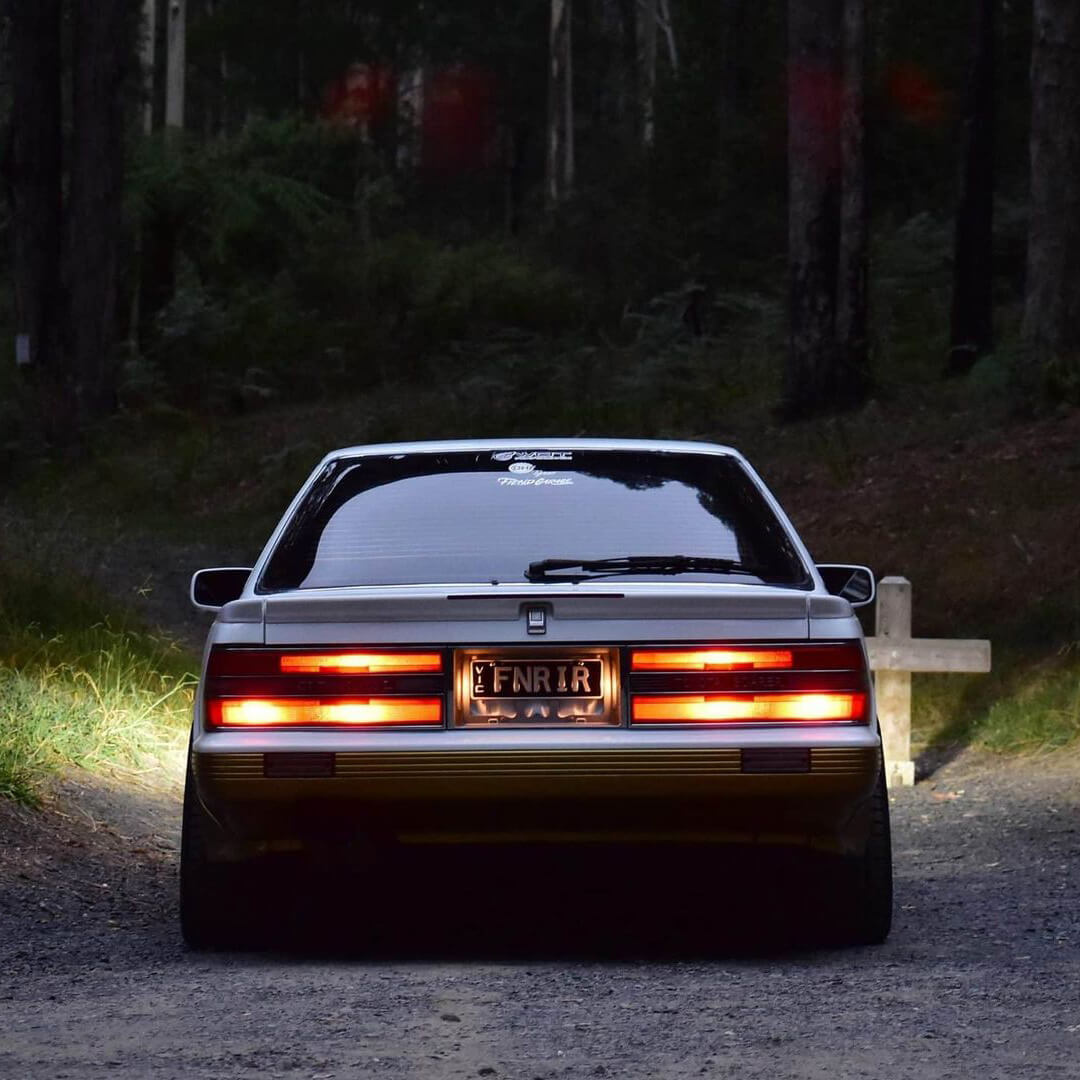
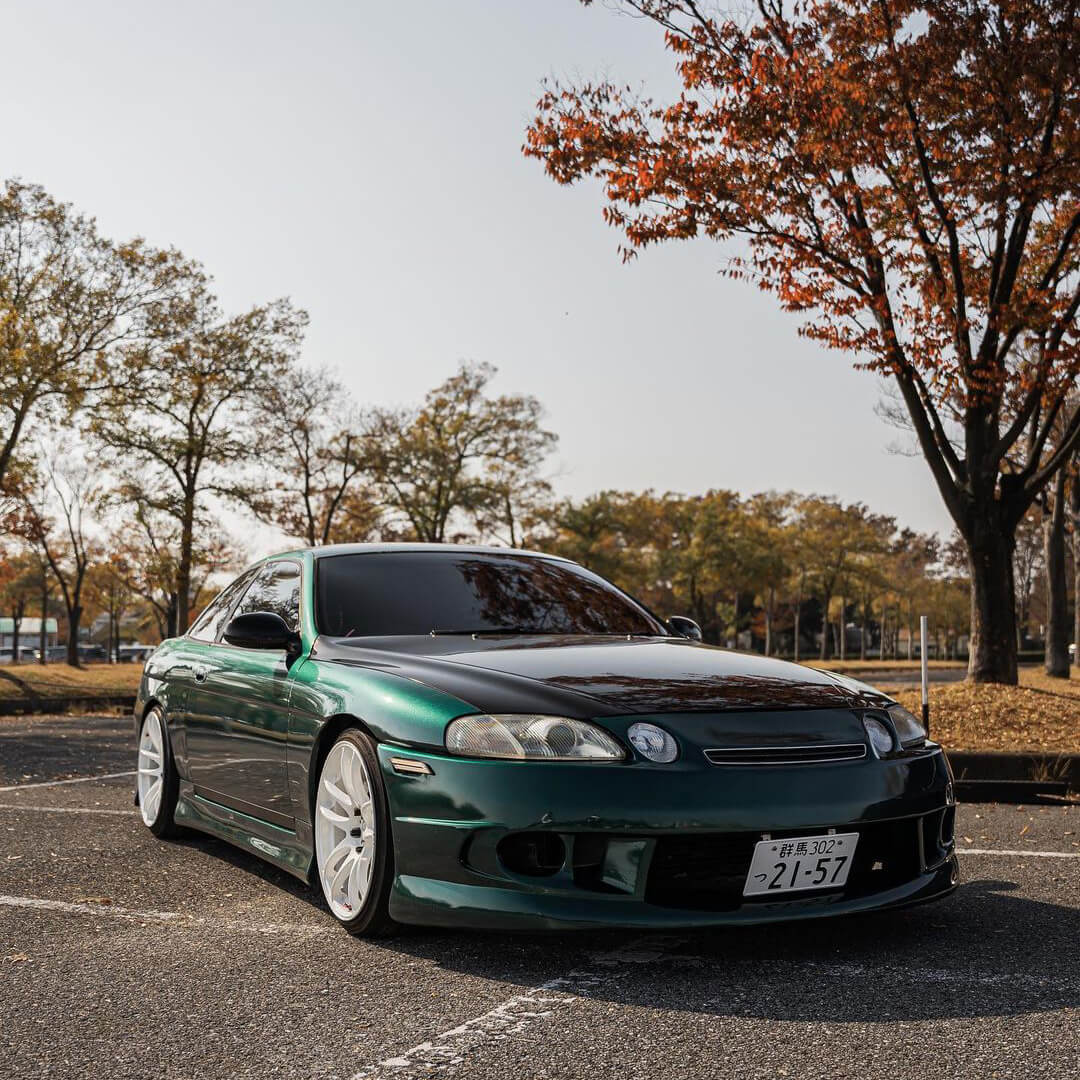
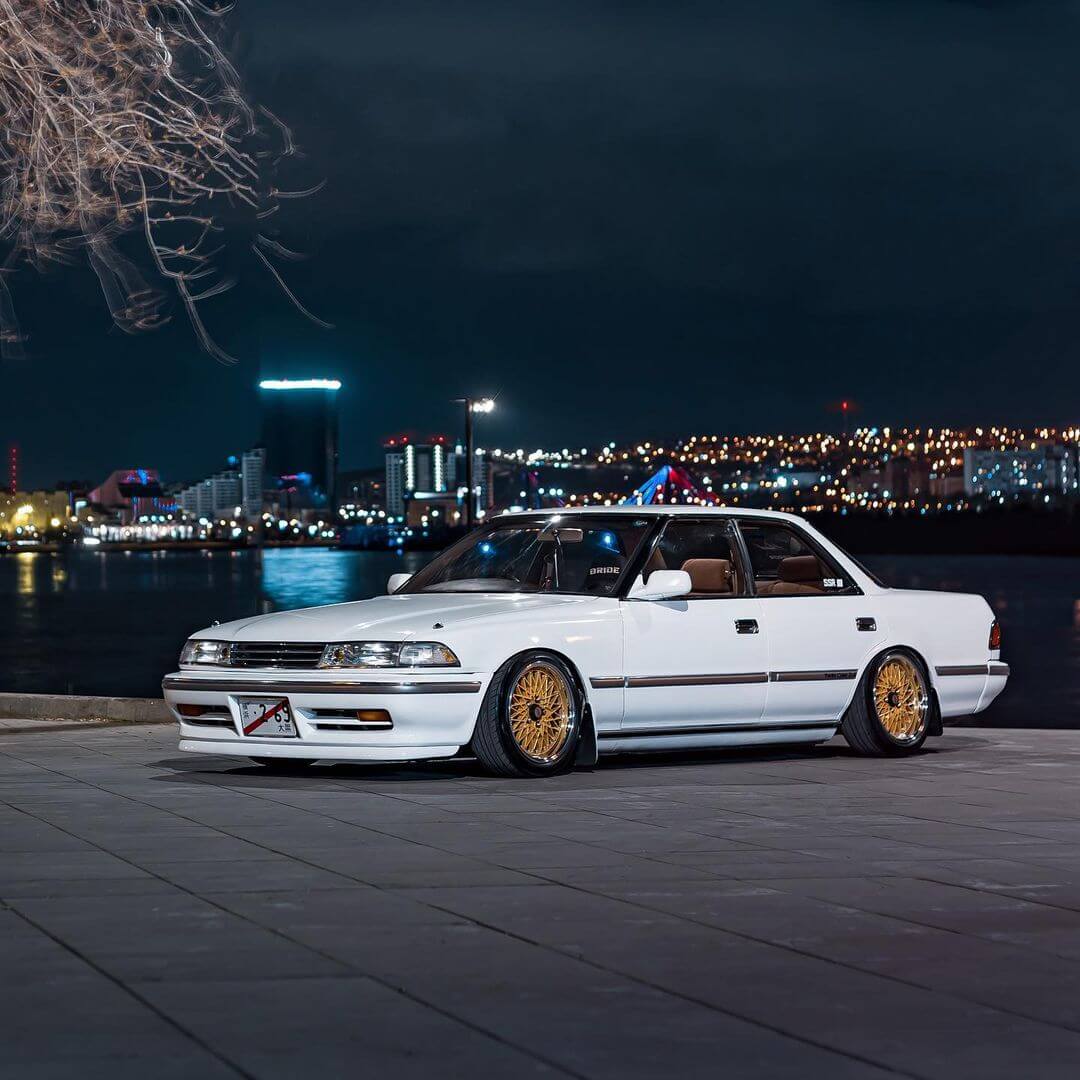
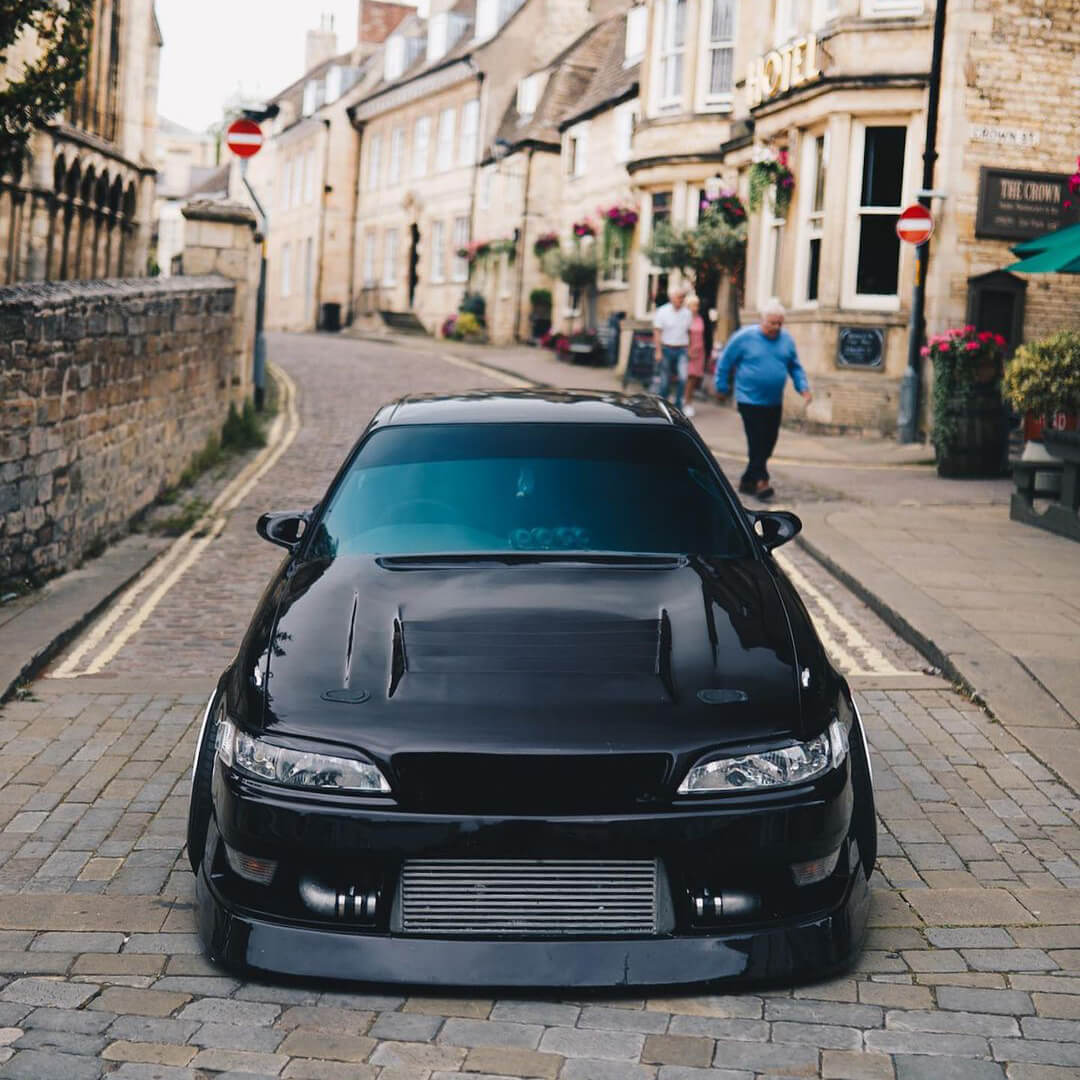


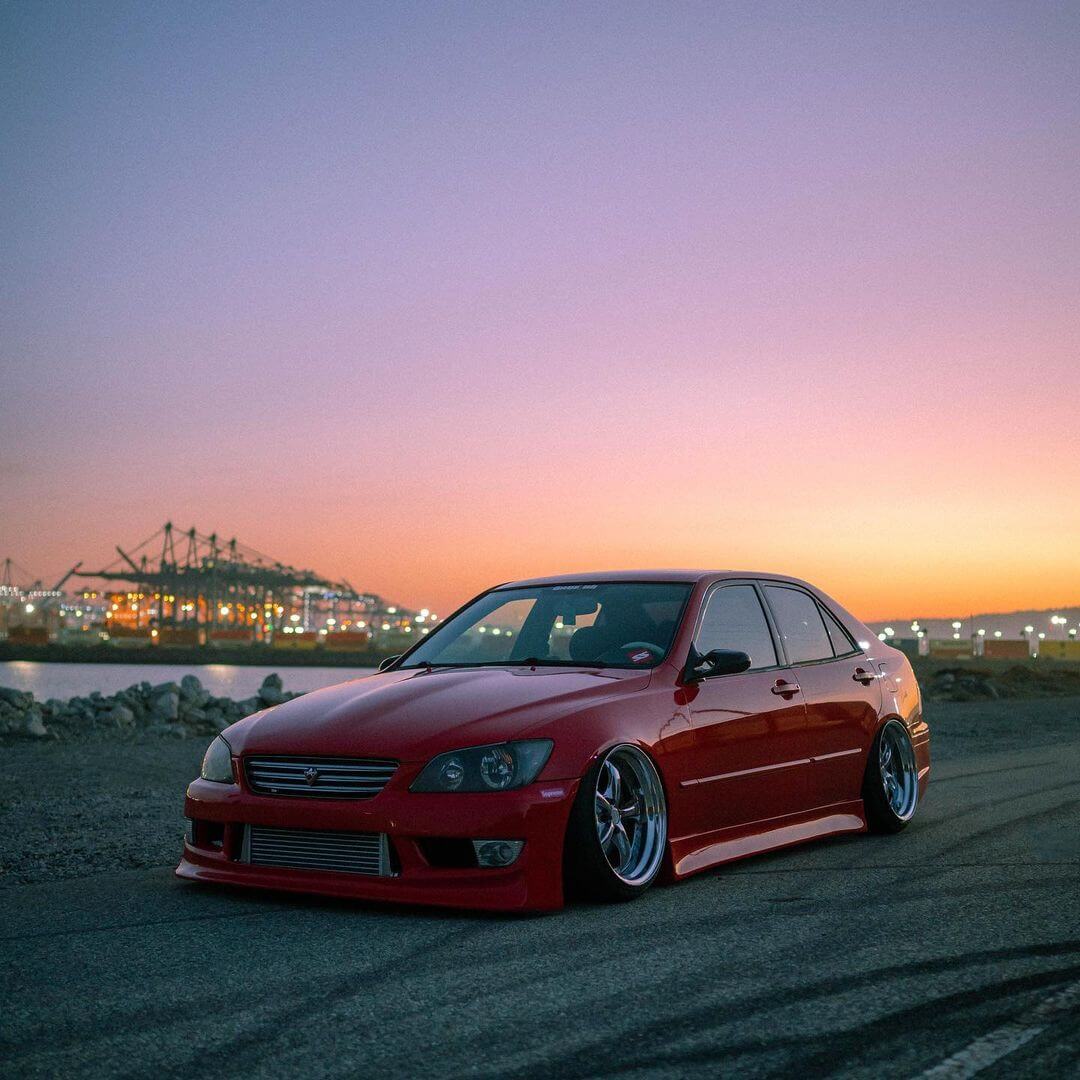
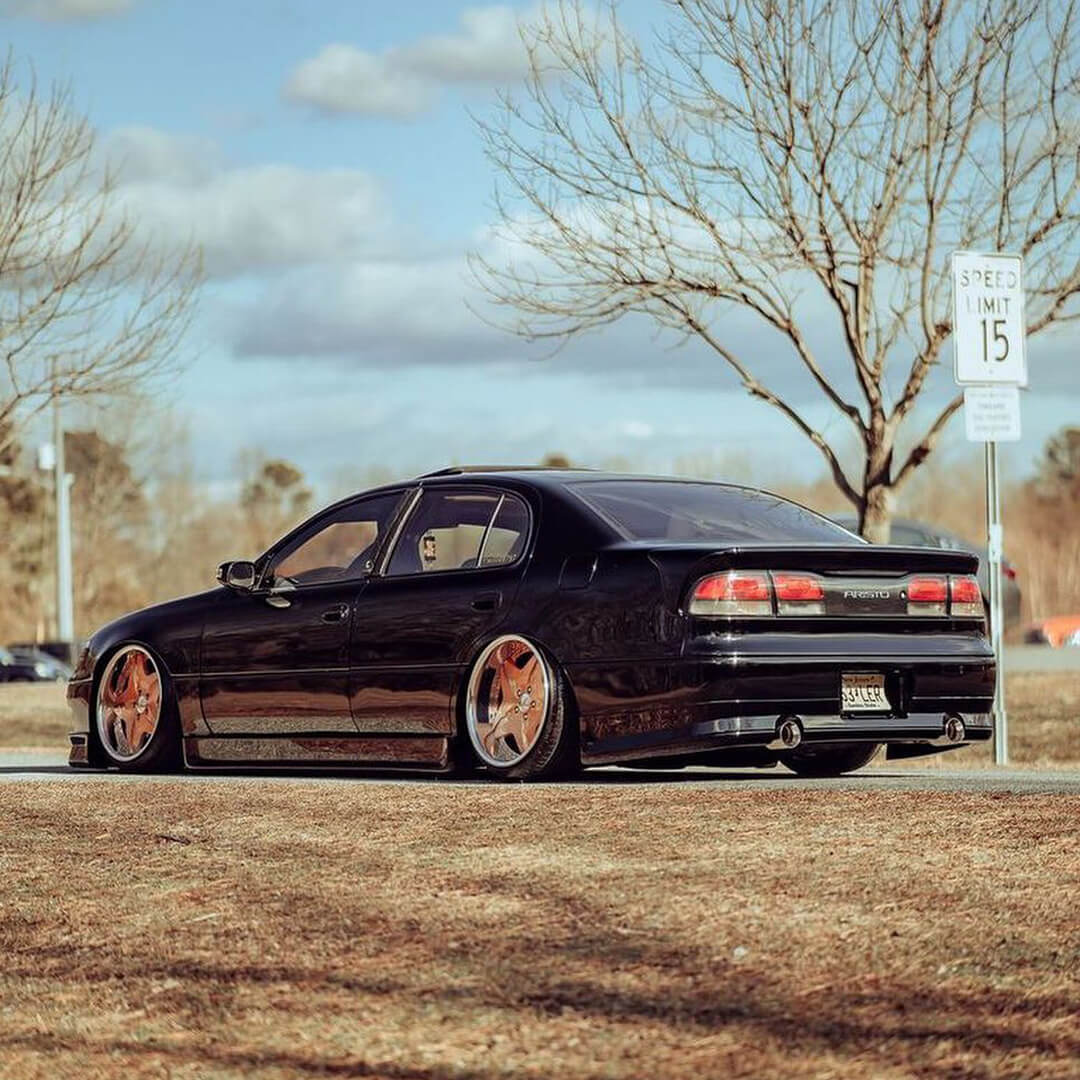
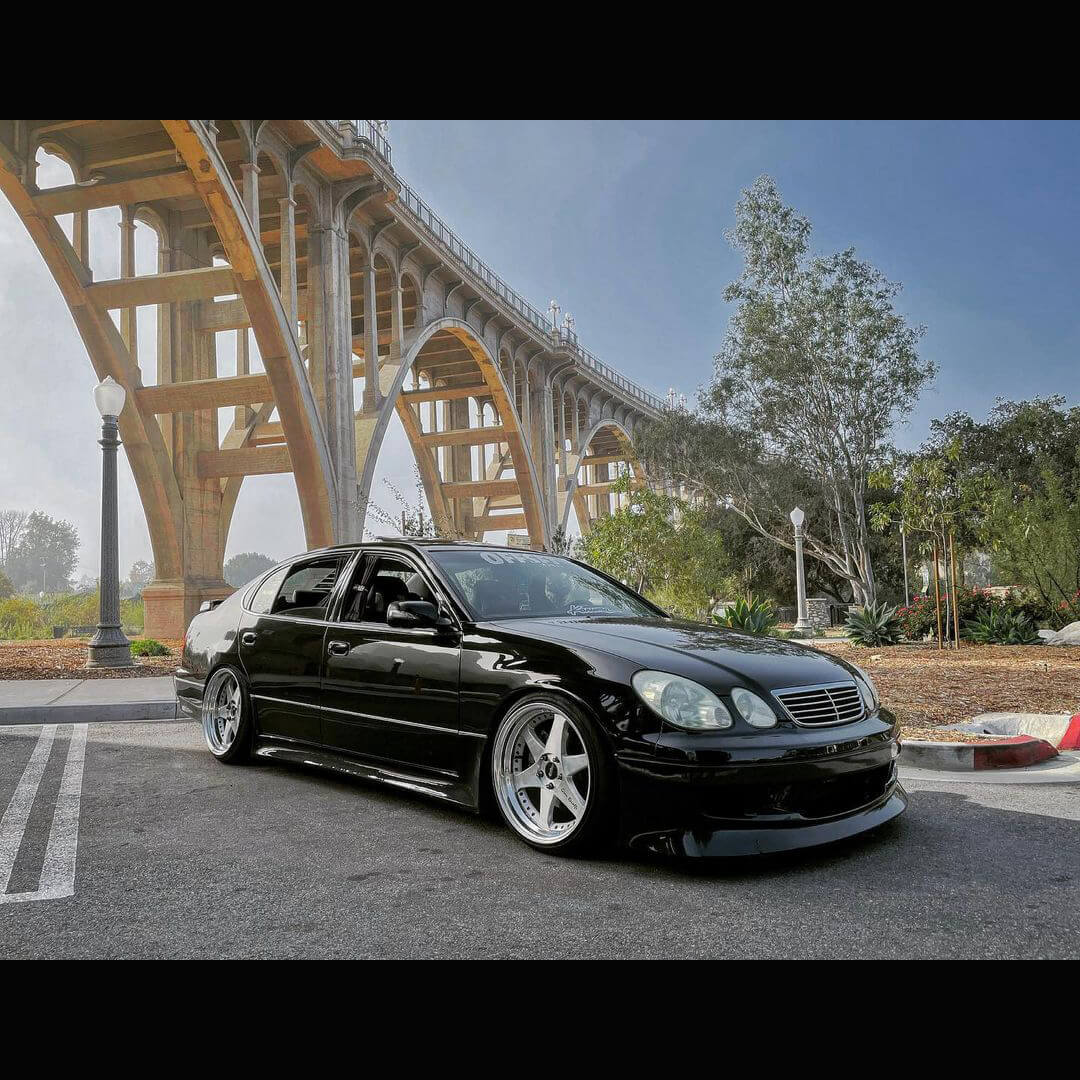

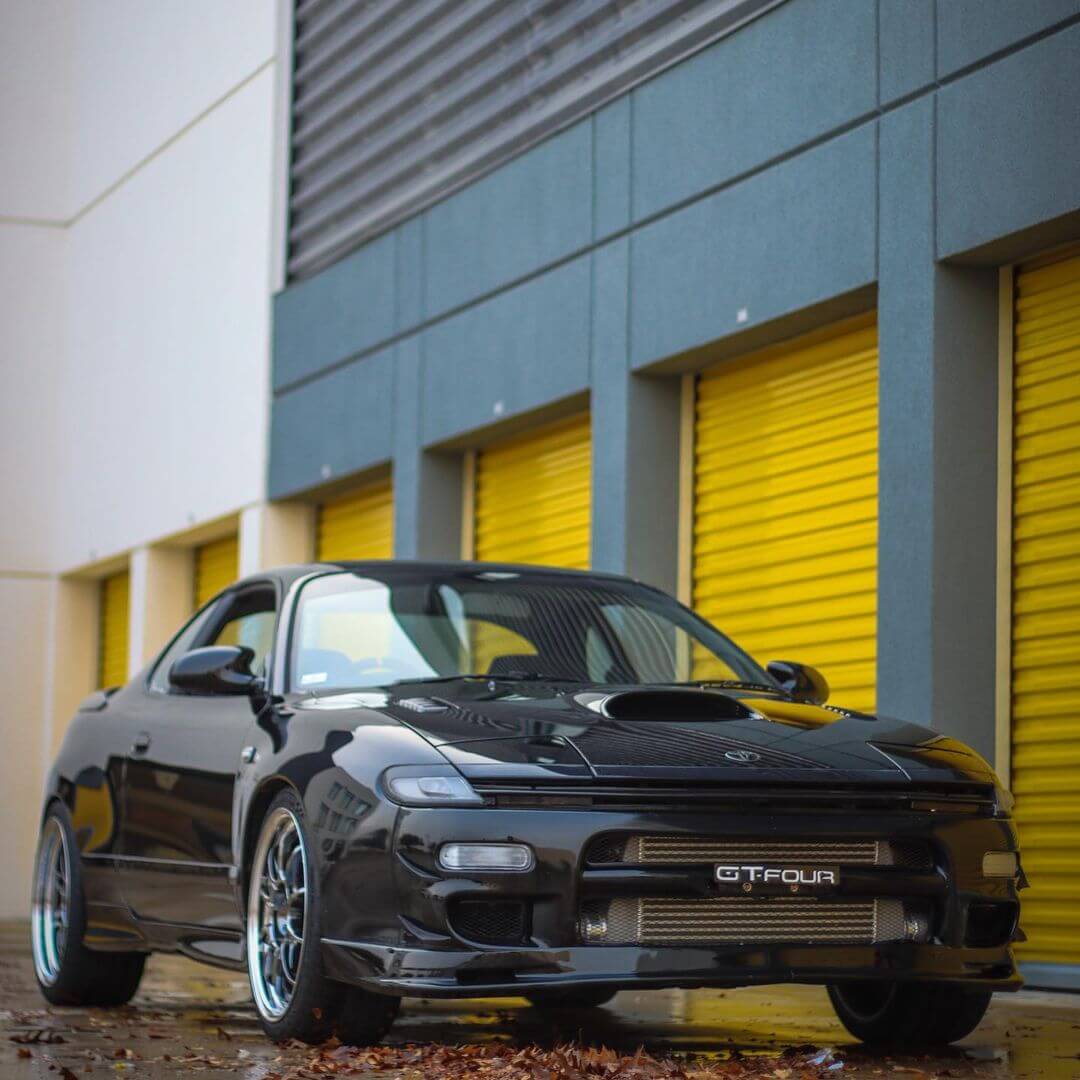
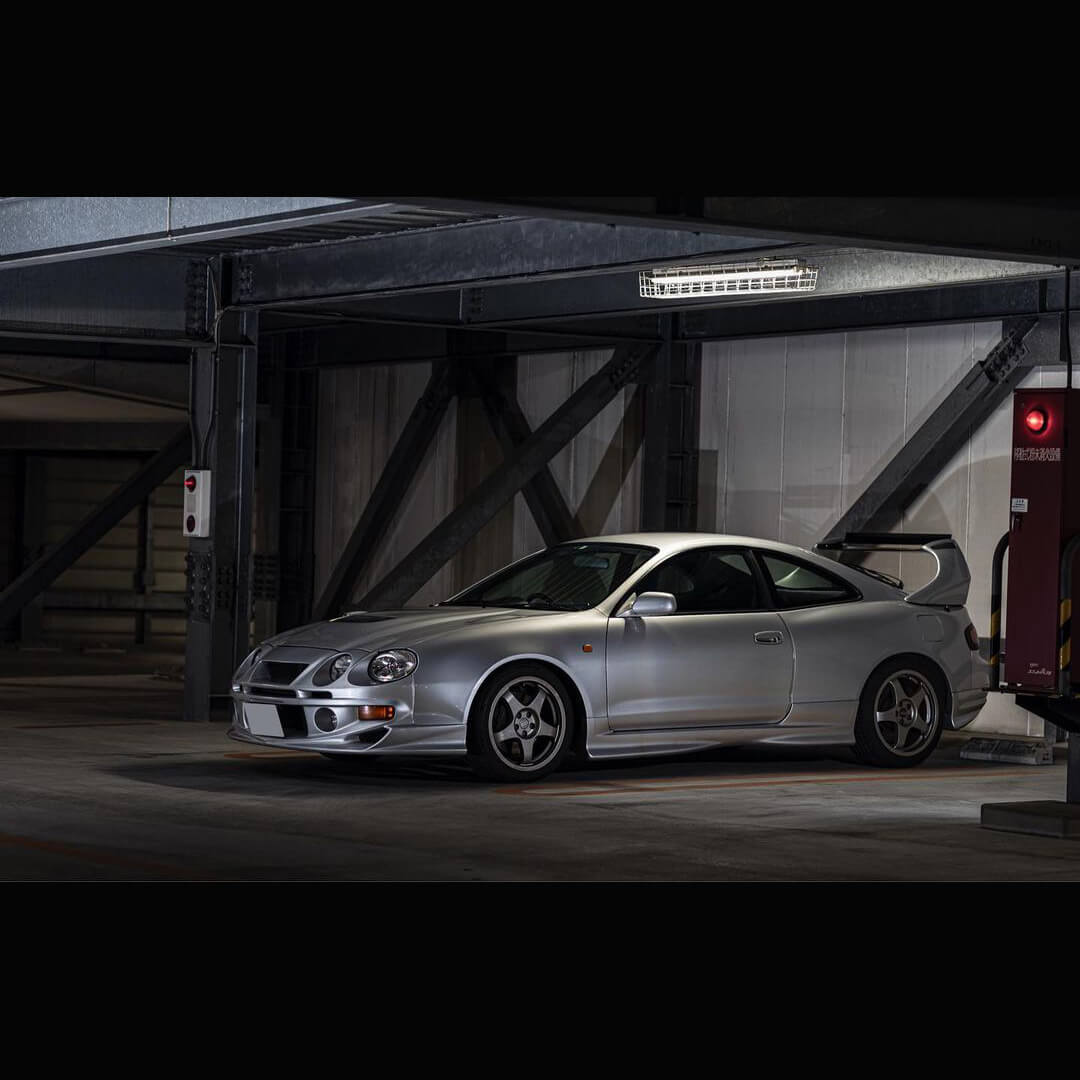
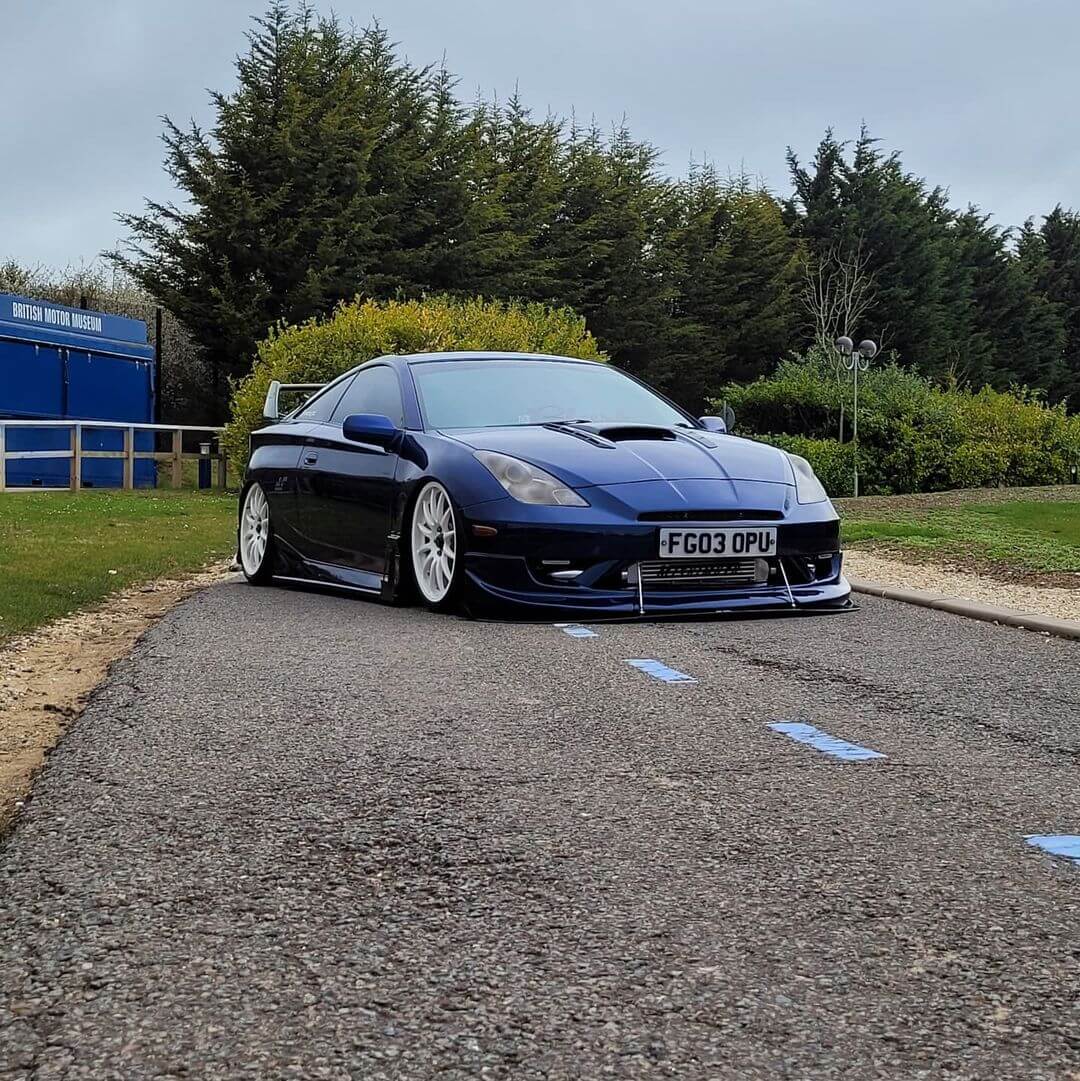
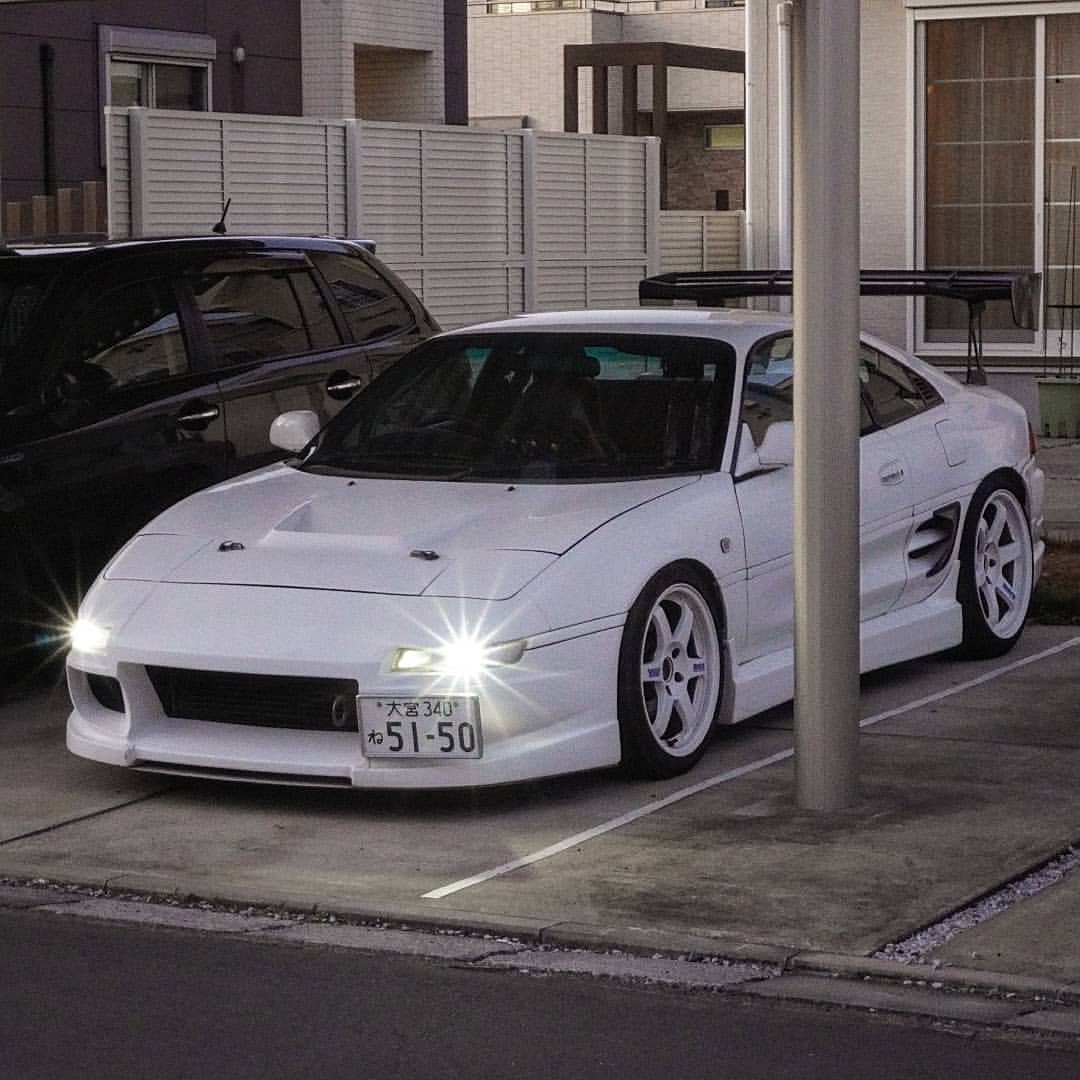
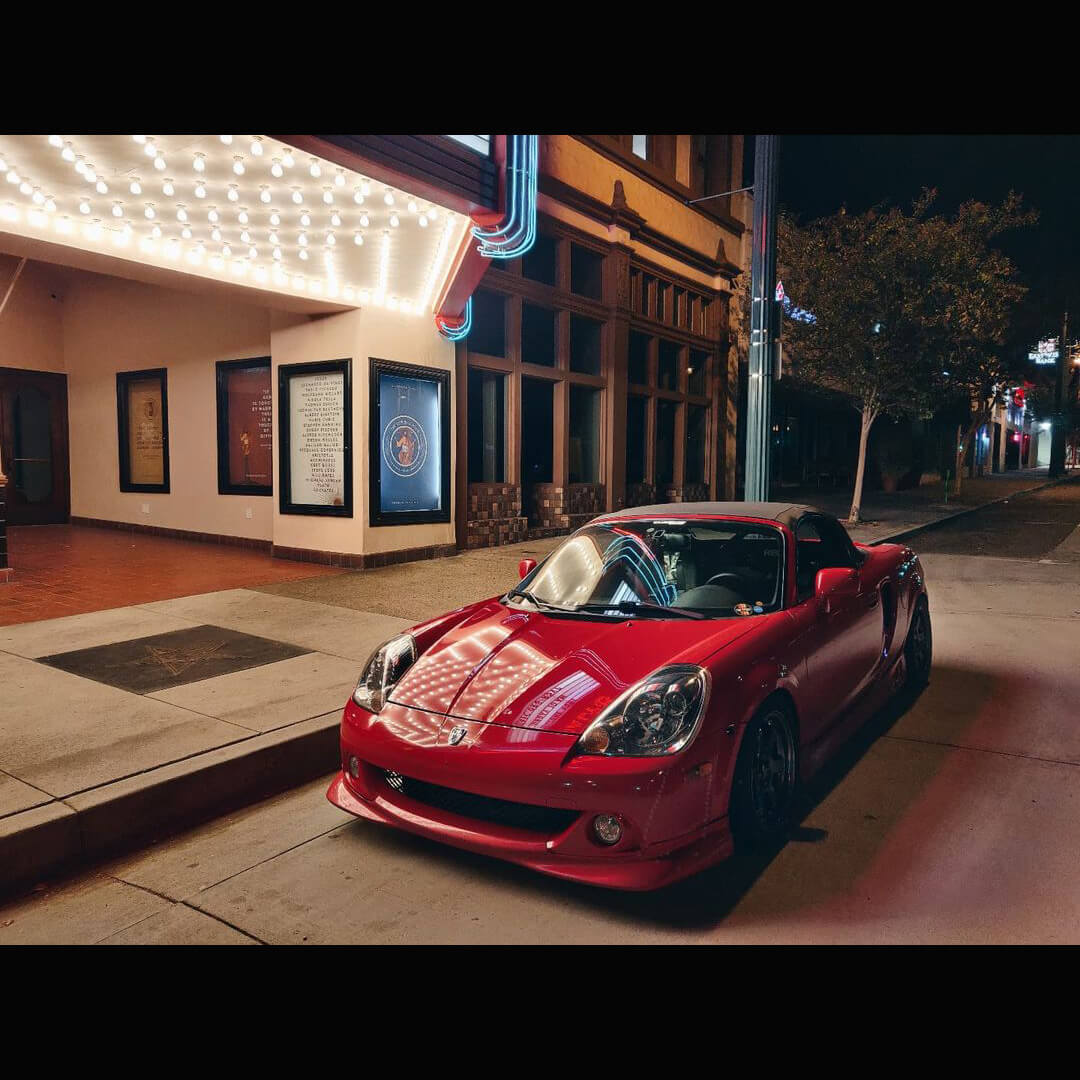













































At the time of writing this article, JDM cars have only seen a steady increase in value over the last few years, with no sign of value dropping back down.
As time passes on and we move further away from the golden era and cars are being used, crashed, abused, or just left to rot, it only makes sense that JDM cars are becoming less common and more valuable.
More than that, we are moving towards the next era of motoring, electric vehicles. There seems to be a fear among long-time motoring enthusiasts that the electric vehicles will usher in a new reign of silent, automated power delivery, taking away the excitement and the rush that motorsport should bring. Feeling the rumble of the engine through the seat, loud raspy exhausts, whining turbos, sneezing blow off valves, and the connection to the car through a manual gearbox are all a part of an experience that golden era JDM car and parts manufacturers sought to bring motorists, and that many motorists wish to hang on to.
Being an enthusiast simply means you like something, we all know that much. A car enthusiast likes what cars are, or what they represent. For some people that’s status, for others its the sound of a turbo flutter, for others its the challenge of restoring or building, for others it’s the excitement of handling the car with precision through dangerous situations.
No matter the reason you might like cars, enthusiasts recognize each other to be within the same community. A nice car will get respect at shows or meets, but even when you’re rolling down the road its not uncommon to get acknowledgement and a wave from other enthusiasts.
And JDM cars are just a deeper level to that club. JDM meets are common events where people can gather to inspect and appreciate other people’s cars. The blood runs thicker to people who drive cars from the same manufacturer, and thicker still if you drive the same model car.
A typical JDM enthusiast shortly after buying his or her car, will get an urge to modify. This usually comes about after they interact with other members of the community, or after browsing images online, they find somebody who has modded their car to look more appealing, or to go faster, or handle better. Because of the ease of tunability these cars offers it’s the natural next step.
Owning a car that you have modified yourself, and that you are happy with really creates a connection between you and your car. There is an excitement when you drive it, when you look at it, when you talk about it. Many people use their cars as an identity, and many people will be remembered for their cars.
Car enthusiasts come from all walks of life, and are all very different people. Joining the scene through a car club, or by attending events or meetups can earn you new friends and experiences.
Collectors and investors also exist. A collector wants to own cars if they are valuable or rare, and an investor wants to make money off of valuable or rare cars. I wouldn’t say either of them truly understand what it means to be an enthusiast. A collector usually owns cars for status and not for enjoyment. An investor will try to buy cheap and sell high, and this is a major reason these cars have had their prices driven so high, effectively driving the entry fee to the JDM community higher.
Are you thinking about joining the scene?
There are many practical decisions that can be made when choosing a car. Many people will consider space, safety, fuel consumption, performance, etc.
But an enthusiast doesn’t always care about these things. It’s usually a matter of what the heart wants. Some of us have had a favorite model car since we were children. The best choice is the choice that will fulfil you.
The more you understand how a car works, the more capable you are of carrying out work on your own car. And so the easier it becomes to think about tuning your car for various upgrades. although costly, its not difficult to upgrade the size of your turbo for more power, or even install a turbo onto a naturally aspirated car. Its not difficult to install coilovers for better handling or to give the car a more aggressive stance. You can widen the guards and fit larger wheels when you need more grip. Its even common to do engine swaps in this day and age. We are seeing many lightweight cars like the Mazda MX-5 Roadster or the Honda EG Civic being fitted with Turbo V8 LS engines, or Turbo K20 engines respectively, creating absolute monsters on the street, track, or strip.
However, one important consideration is whether you want to drive Rear Wheel Drive, Front Wheel Drive, or All Wheel Drive. Each of these types of cars will deliver power differently, effectively handling differently in low grip situations. If you’re interesting in drifting you require a Rear Wheel Drive car.
The best way to get a feel for what car you like is to visit a car show or meetup. Go and see what other people have done with their cars and challenge yourself not to fall in love with something!
Your entry ticket to the JDM scene isn’t limited to owning one of the cars in the pictures above. There are many more JDM cars that exist, I have simply shown the most recognized and adored.
Lets split these into 3 categories; Styling, Handling, Engine.
Style upgrades can be as simple or as extravagant as you want them to be.
Wheels can change the entire aesthetic of a car, no matter if the rest of it is stock or not, and that is why this is the most common and important visual upgrade you can make. Not only the type of wheel but also the way a wheel fits, are both important ideas to think about. We have another article that talks all about wheel styles and fitment that you can check out Right Here. Use it to help you decide on a set!
Aero refers to parts that change the aerodynamics of your car. Bumpers, side skirts, wings, lips, bonnets, diffusers, canards, overfenders, flares, and even mirrors can be referred to as aero. Changing these parts will typically change the shape or the car, so its easy for you to make the car look more aggressive or more cute, depending on the look you want to achieve. It’s easy to go overboard and make the car look worse off, so it’s important to try to find parts that synergize well with the original body lines of the car and create balance.
Ride Height is how low the vehicle sits to the ground. A lower height will reduce wind drag and create better aerodynamics which can improve gas consumption, as well as improve downforce and in turn traction. Race cars will have lower ride height to improve their grip to the road. lowering the height will give the car a more aggressive and serious look, and can be achieved by changing the springs on your suspension. As changing your suspension is also an extremely important handling upgrade it is most common to ditch the factory spring/damper set in favor of adjustable coilovers, or if you are less interested in handling but more interested in style, and you desire your car to drop so low it is resting on the ground, you can opt for an air suspension system. This adds a huge amount of weight to the car however, so is counter productive to performance.
Paint can be an expensive modification, but can really create a unique car that will be remembered. All cars can only come from factory with a limited amount of color choices, so naturally if you paint your car a color that was never released, that will set it aside from other cars of the same model. Your bright pink skyline will always be remembered, sometimes for better and sometimes for worse. A color should match the aesthetic of the car.
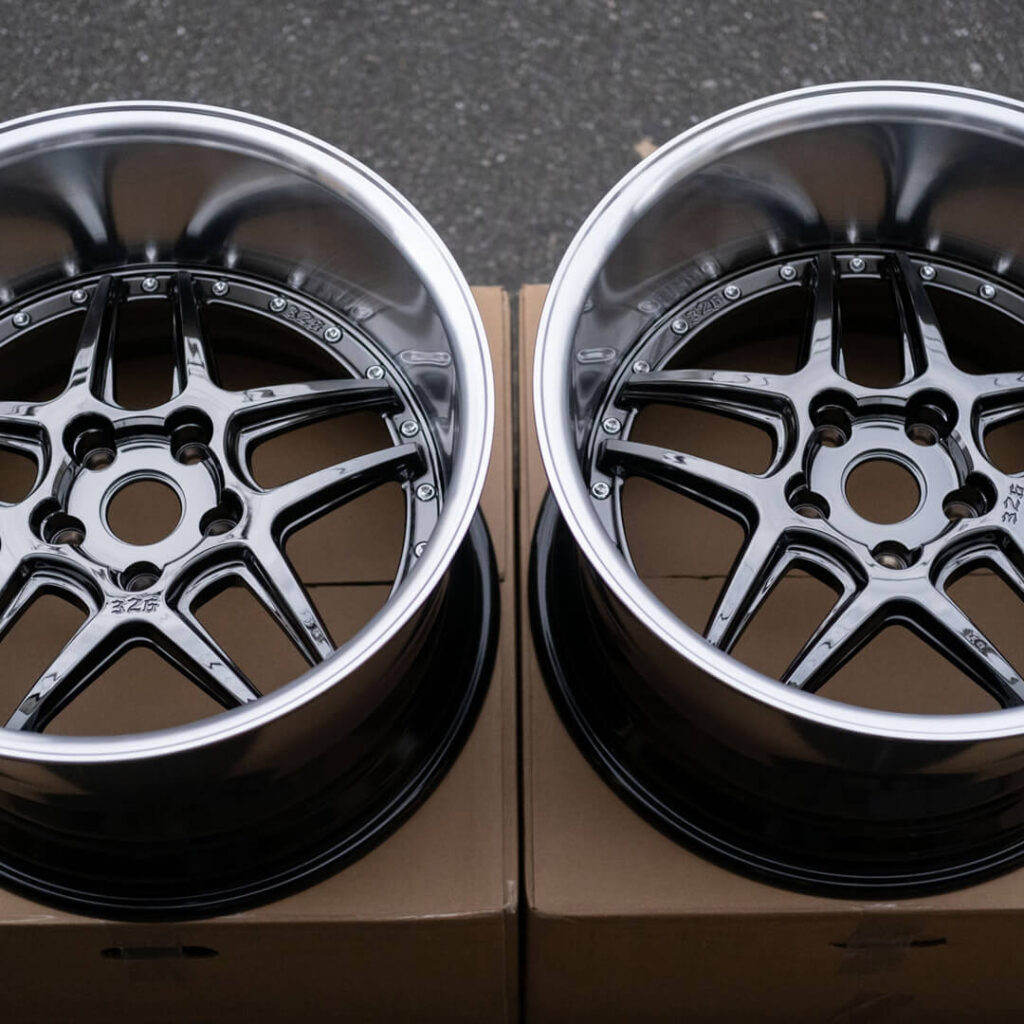
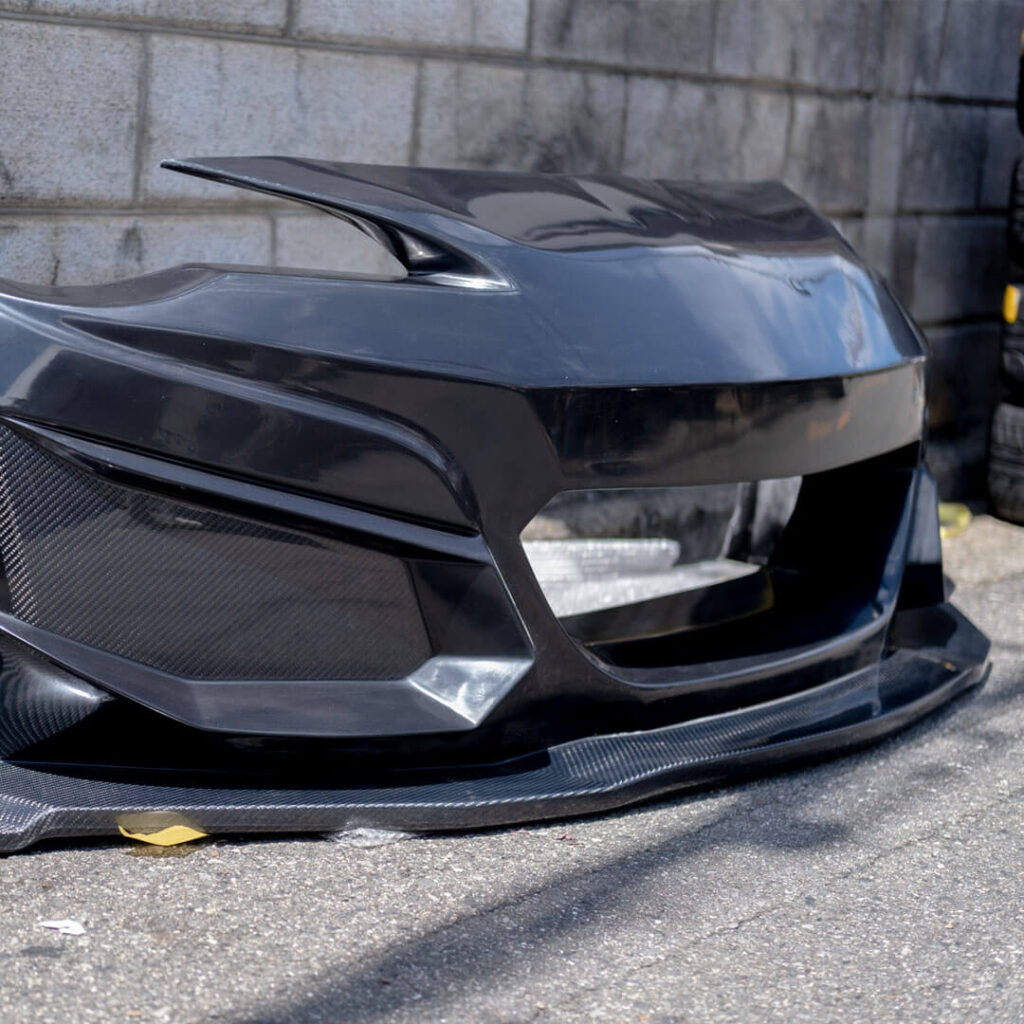
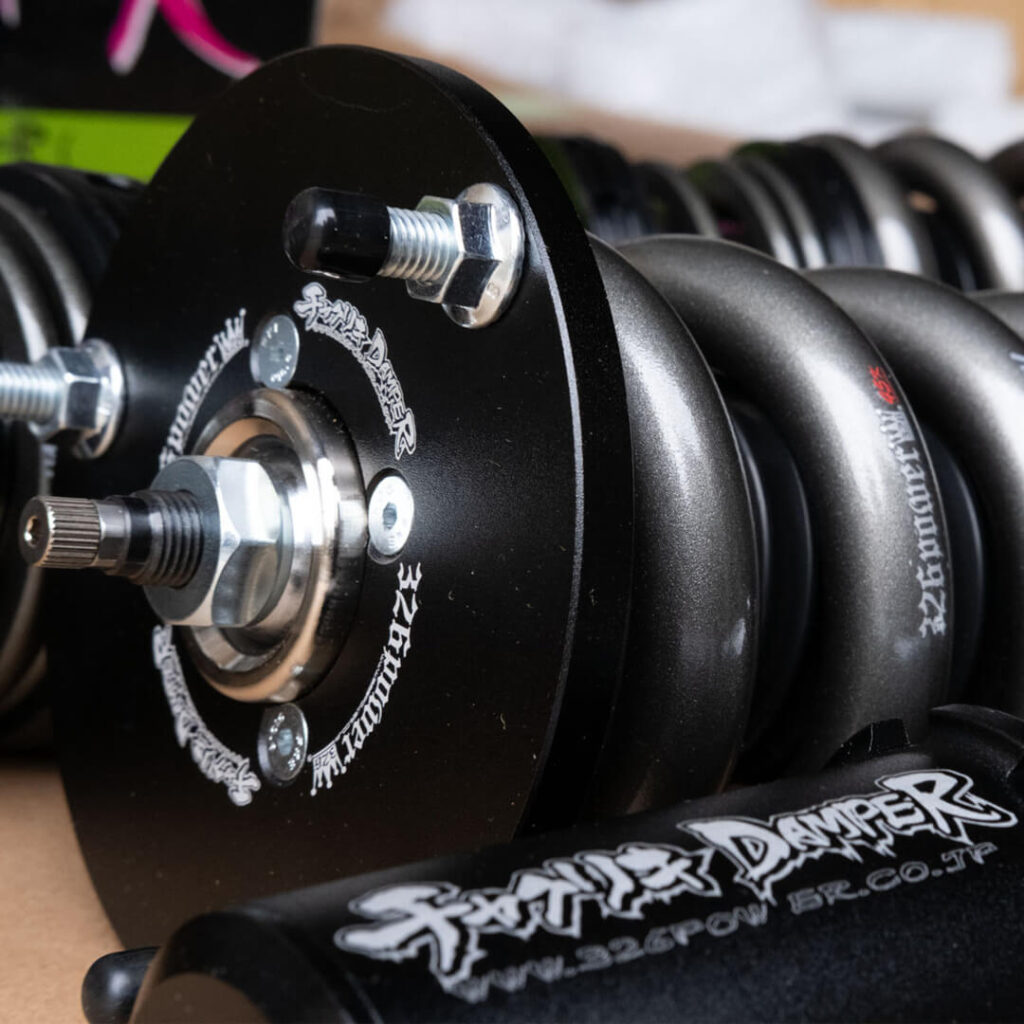
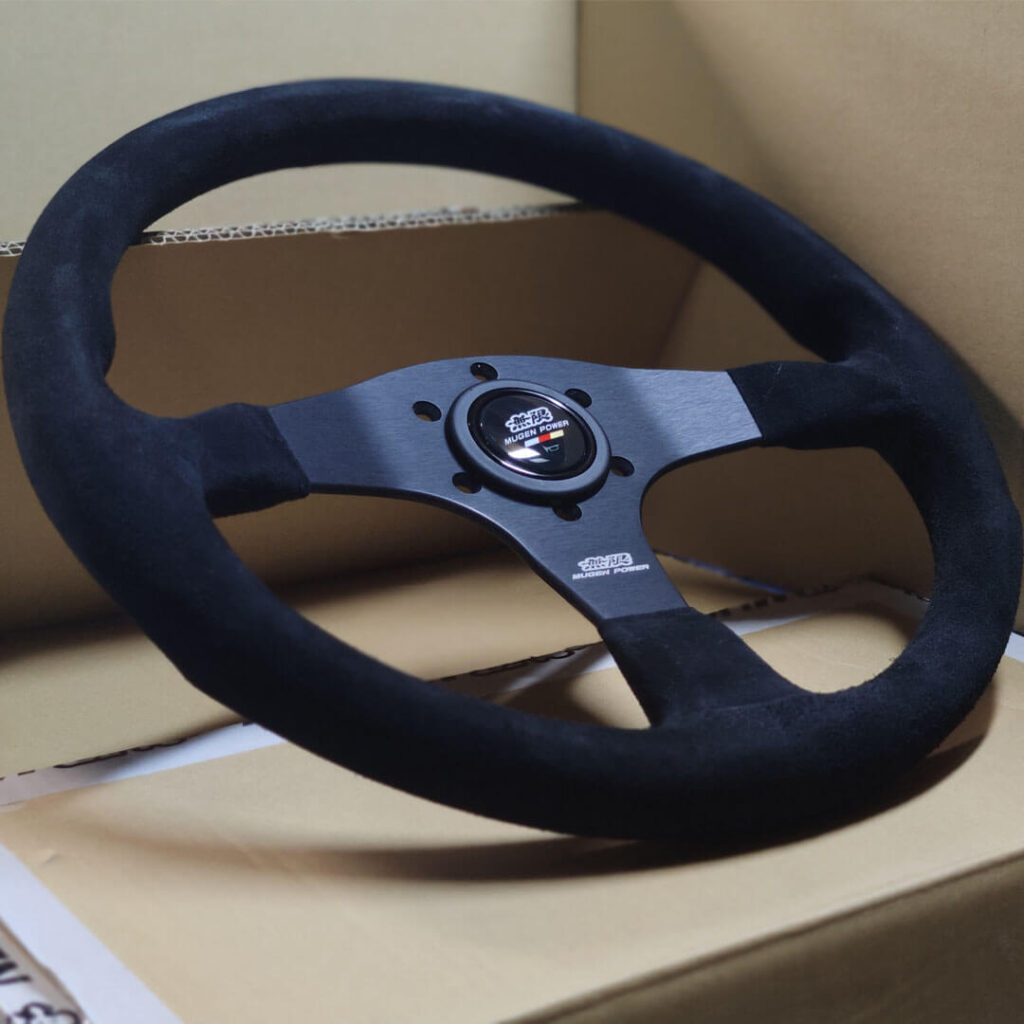
Weight Reduction will improve every aspect of your cars performance. If you can remove unnecessary weight from the car you will notice the car will launch, accelerate, stop and turn better. This is the primary reason lightweight alloy wheels were created and why fiberglass and carbon fiber panels are used in racing. A good check list to improve weight reduction might look like this; Remove interior panels, carpets, electrics and even Aircon and power steering (different people are willing to go to different lengths to reduce weight), install carbon or fiberglass bonnet, rear hatch, doors, fenders, install lightweight fixed back racing seats, install forged aluminum wheels. We have a list of wheel weights on our site to help you decide on your next set of wheels, check it out Right Here.
Suspension will directly affect the way your cars tires interface with the road. The goal is to adjust your cars alignment, camber, toe, caster, and even height to suit the car to the type of driving you want to do. This is different for front and rear wheel drive cars, drifting or circuit, and which conditions the car will see. In order to make the necessary adjustments to suspension you will need adjustable components. The first component you should buy is a set of adjustable coilovers with a carefully selected spring rate matched to the type of driving you intend to do. You might also need to buy adjustable control arms, camber arms, toe arms, or caster arms. Also consider changing your suspension bushes. These are the soft material that allows these arms to interface with your cars chassis. Stiffer sway bars are also a worthy upgrade to consider as they can change the way a car holds or breaks traction. These will once again depend on which type of car you are upgrading. If you intend to do drifting and you want to slide your car at extreme angles you will need to ensure your car has access to the highest possible angle of steering lock, which will usually require lock kits with some sort of custom modified knuckle.
Rigidity is another crucial consideration when talking about handling. The less floppy a car is the more responsive and accurate your steering will be. The most common rigidity upgrades come in the form of roll cages and undercar braces. These will obviously add weight to the car so should be done once you become serious about tracking the car.
Brakes are an important feature of the car. How quickly you can stop is extremely important for safety, but also for confidence, and will allow for you to brake later when entering corners. There are different rotors and pads available that will improve the braking potential of your car, with the drawbacks of increased noise or dust. True brake upgrades however come in the form of big brake kits which include a larger diameter rotor and more importantly larger calipers that will house larger brake pads.
Tires directly influence the amount of grip you will feel when driving your car. More grip will obviously mean you can push the car further before it will break traction. This allows you to turn and stop more aggressively.
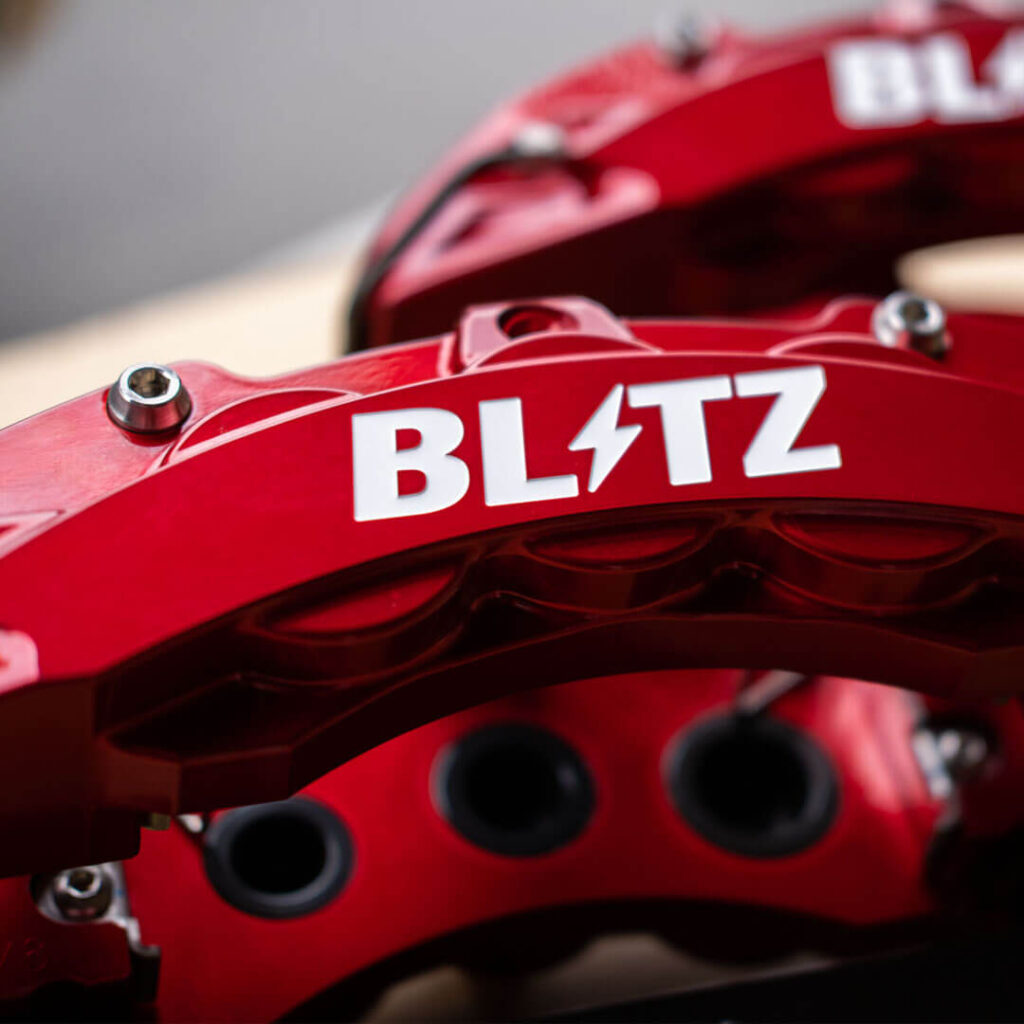
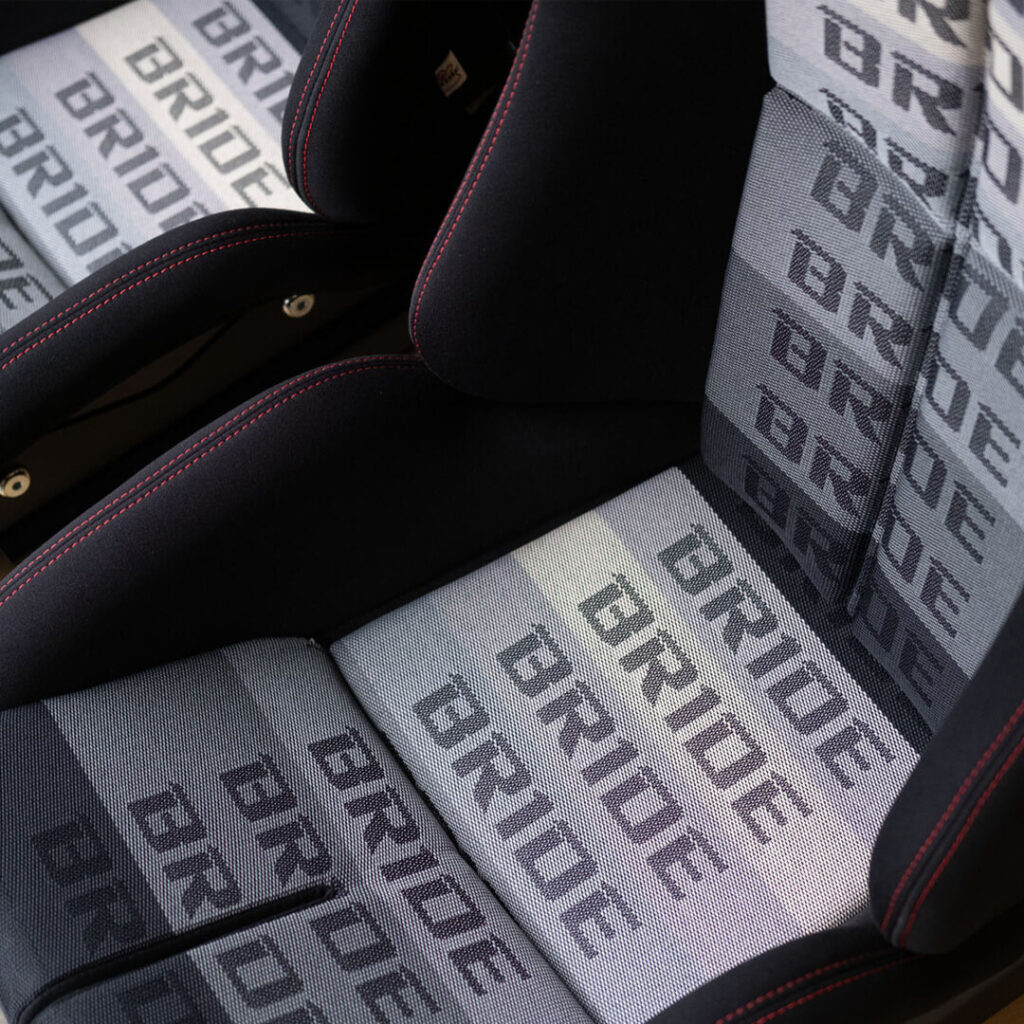
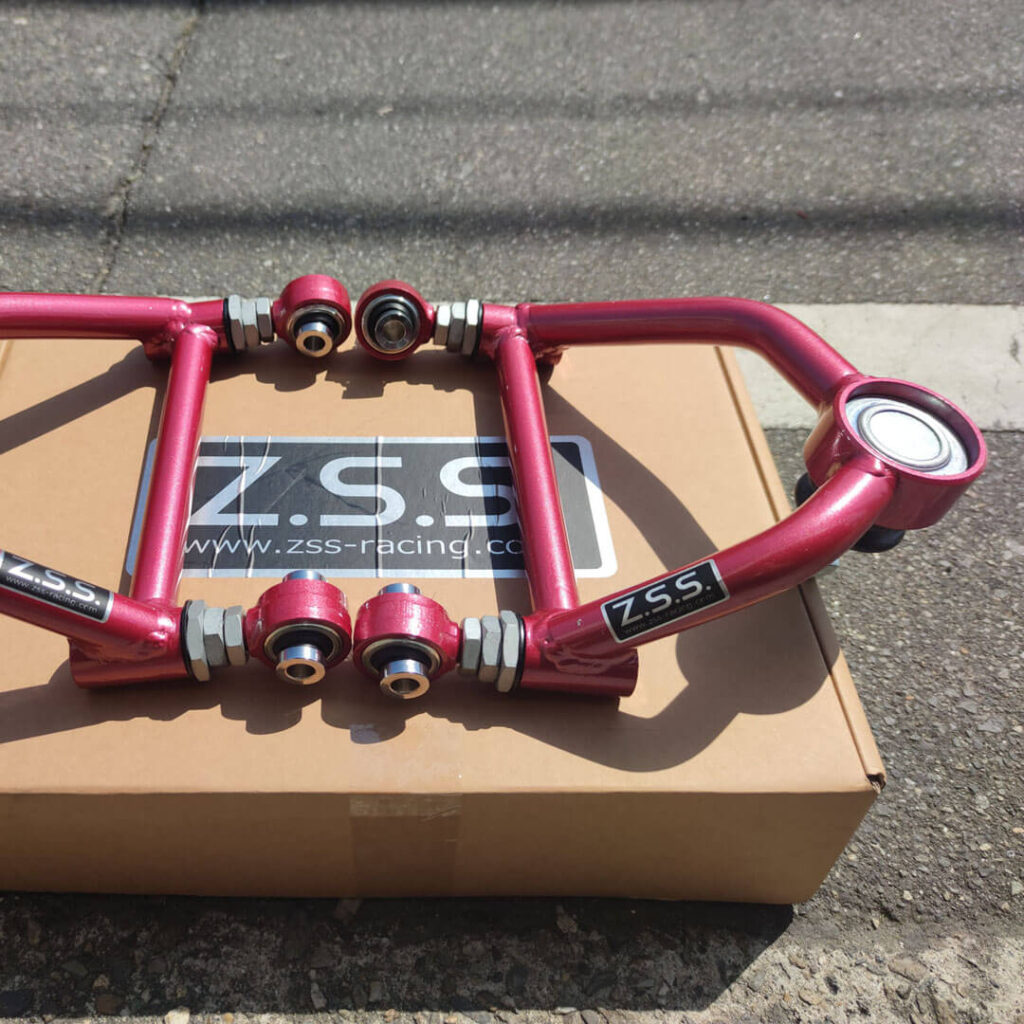
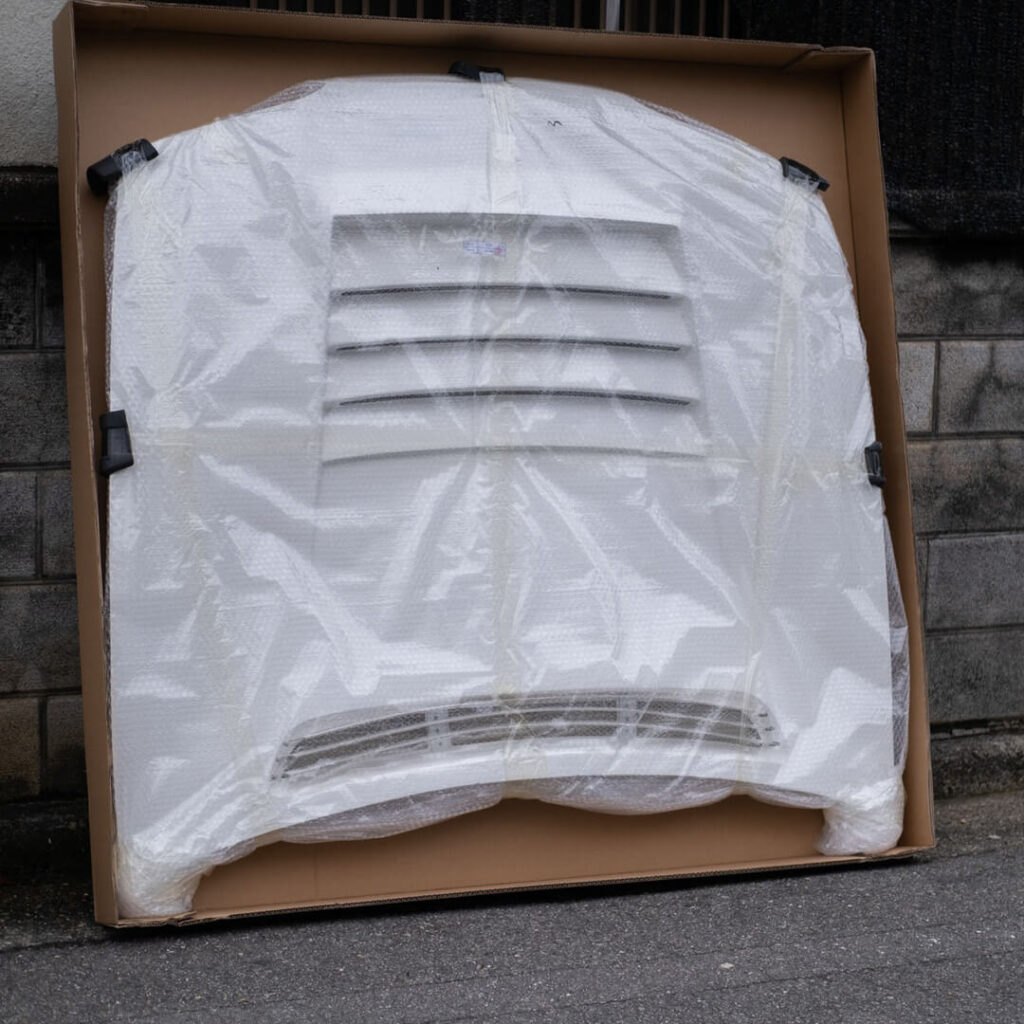
An engines power is quite basically determined by how much air it can displace. The more air inside an engines cylinders at the time of ignition will create a larger force to push your piston down the cylinder.
We can improve the intake and exhaust systems to create as little drag as possible, effectively allowing the engine to breathe easier.
If you are tuning a naturally aspirated car (that is a car which has no turbocharger or supercharger), the next steps would be to have the internals of the engine modified. The goal would be to alter the compression in the cylinders by changing the pistons, the airflow characteristics of the head by changing camshafts, and lighten the parts in the valvetrain and the rotating assembly (this means lightweight valves, pistons and rods). All of this will cost a lot of money for very little results when compared to tuning a forced induction engine (turbocharged or supercharged engine).
A forced induction car is using a turbocharger or a supercharger to force more air into the engine, effectively creating more powerful combustions inside the combustion chamber, driving the piston down the cylinder with more force. This equals more power. Increase the amount of air a turbocharger or supercharger is pushing into the engine and you will increase horsepower. This is why turbocharging is such a giant leap in performance gains. Turbocharged engines will also benefit from the internal engine work mentioned above, and particularly with turbocharged cars stronger engine internal components will allow the engine to tolerate a higher amount of boost, and more power.
No matter what method you use to increase the airflow through a engine, you will always need to match the amount of air with an appropriate amount of fuel. This is why we need to tune the ecu after such upgrades, and why we need to improve fuel delivery when adding higher levels of boost.
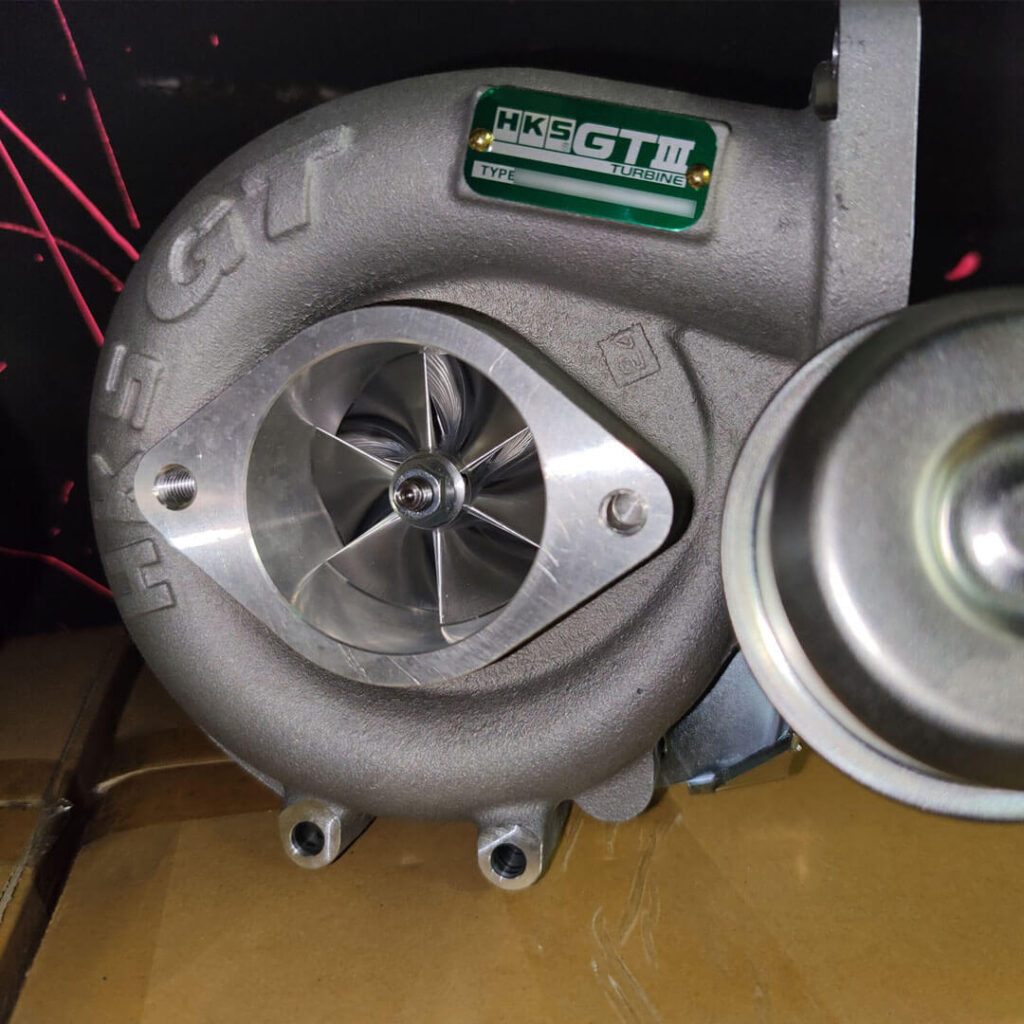
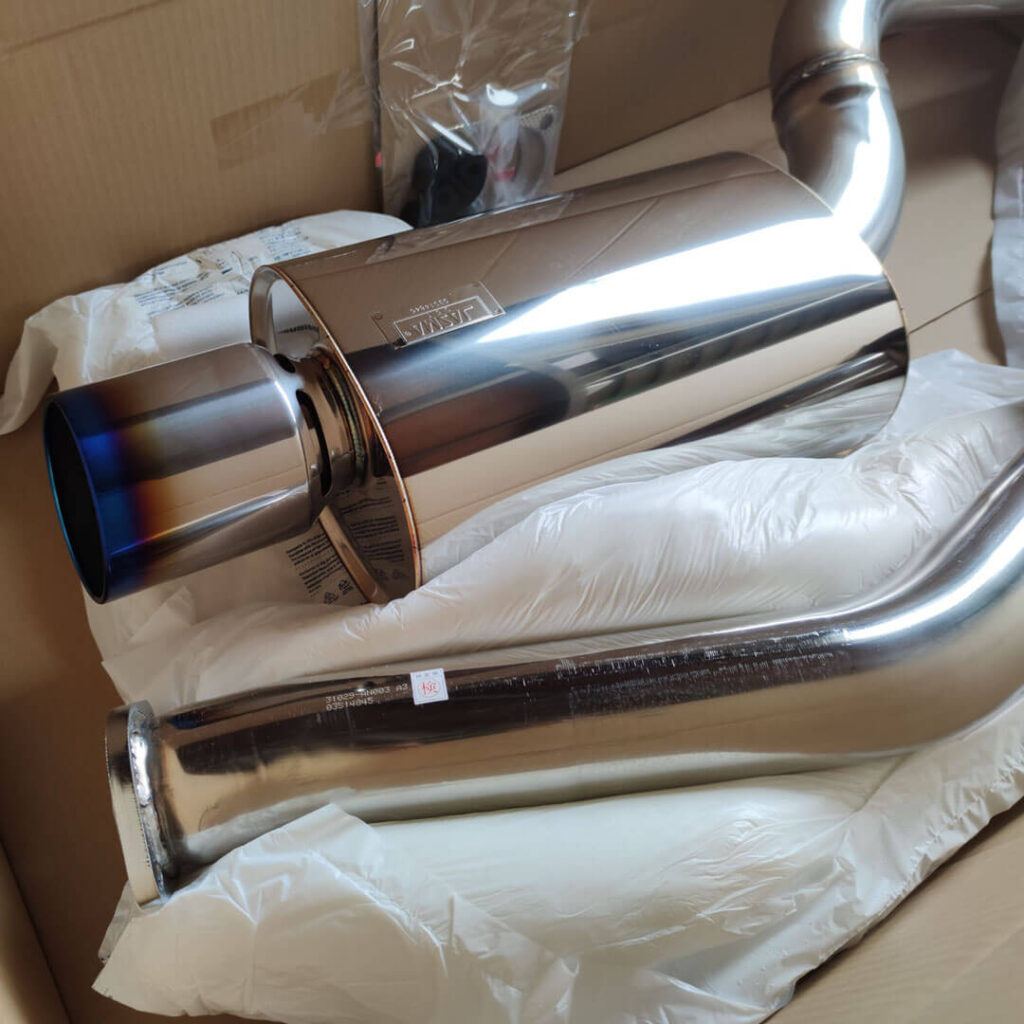
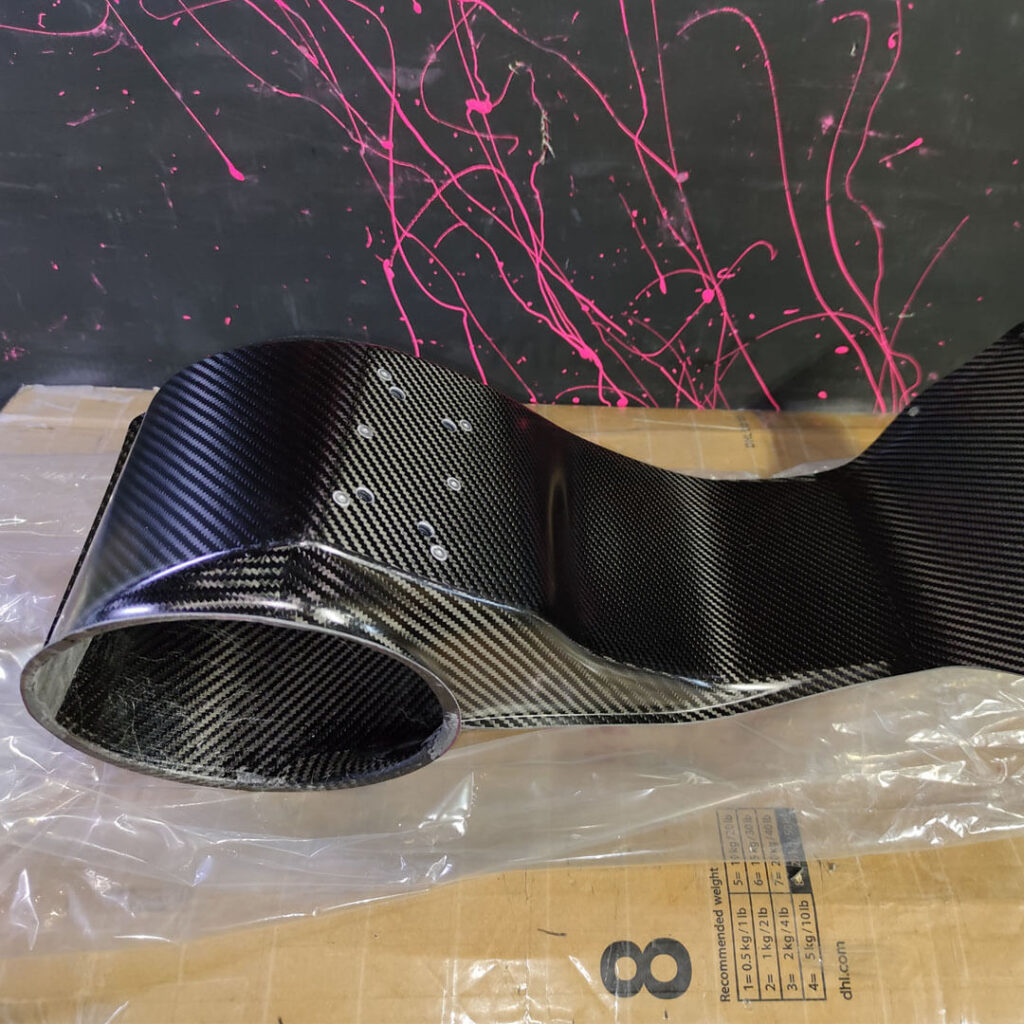
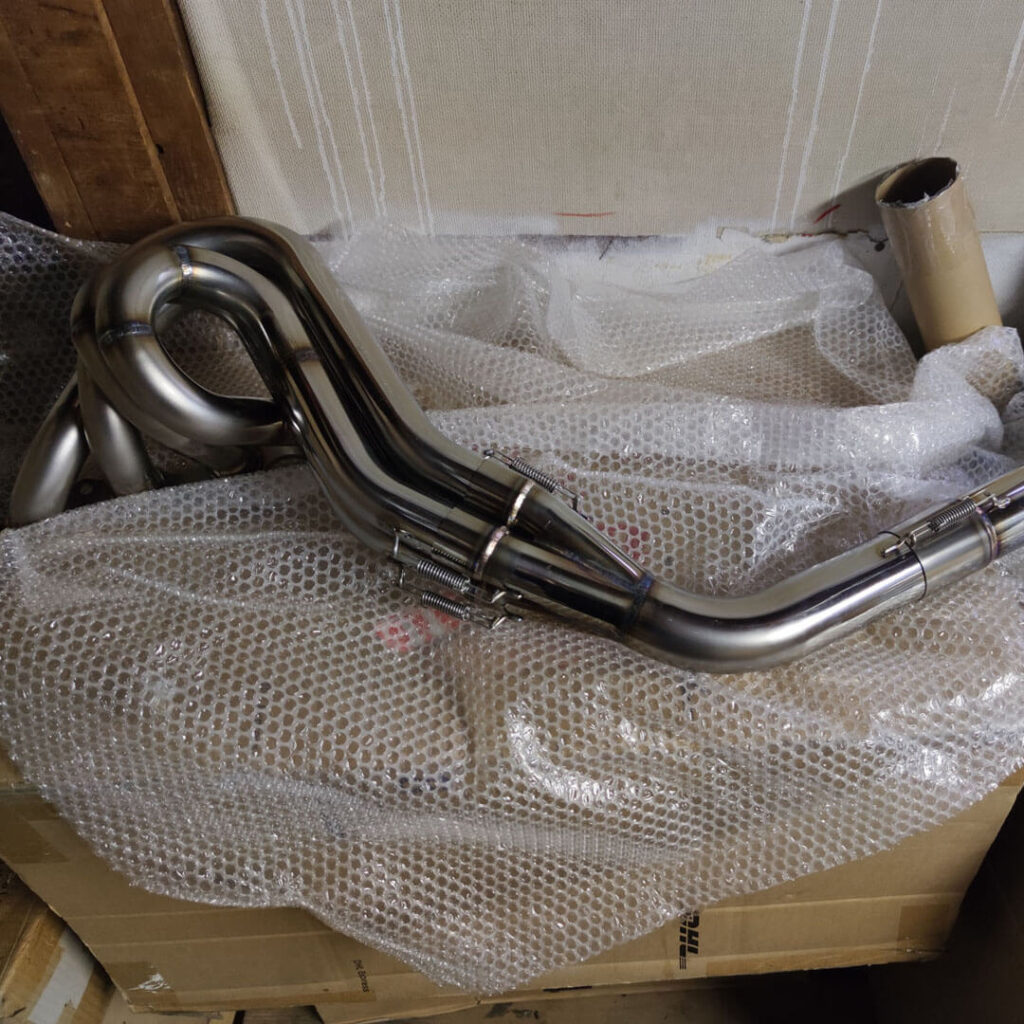
The availability of parts largely depends on which model car you have. Cars that were popular in Japan will have more aftermarket support, and thus more available upgrade parts.
There are hundreds of big aftermarket parts manufacturers in japan, as such most of the wheels, suspension components, aero parts, and even engine components that you are familiar with were made in japan and then imported for use in other countries. In most cases it’s possible to buy both brand new and second hand in your own country, but wares will be limited and overpriced when compared to what’s available in japan.
Many people have absolutely no idea what parts are available for their car until they see one for sale by chance, or they meet another owner at a car meet who has some exotic parts.
The truth is you can buy from japan direct through a freight forwarder like Neon Drive Club (that’s us), effectively discovering a whole new world of upgrade parts.
Japan’s parts manufacturers are still pumping out parts and still doing R&D on creating parts for newer model cars like the newer Supra, GR Yaris, GT86, or the new Z. New wheels are being developed constantly. Wheels and aero are still being made to order.
But the truly amazing parts resources are the second hand trading posts you can browse online. Check out our section on purchasing parts from Japan Right Here to find some second hand websites. Neon Drive Club also has a page devoted to car related search term translations you can View Here that will help you browse Japanese websites!
Although there are many parts manufacturers in western countries making amazing performance parts like turbos, intercoolers, and custom billet pieces, the unfortunate truth is that there are some things, like aero kits or forged wheels, that you can only really get from Japan. More than that Japanese made parts by the likes of HKS, GReddy, Tomei, Blitz, HPI, Koyo, Work, Rays, Spoon, Nismo, RE amemiya, Mugen, 326 Power, and the list goes on and on… are of the highest quality and performance, and also of the highest regard. Naturally JDM parts on a JDM car will attract the most attention and affection.
Neon Drive Club hopes to be your connection to the wonderful world of JDM. Our very existence is to serve you with car parts from Japan. We exclusively specialize in the safe packaging and delivery of car related goods. Whether that be rare, out of print, fragile items, or even brand new in box wheels in custom sizes, camshafts, coilovers, you name it.
Check out our packaging Right Here to see how we get the job done. Or if you’re interested in contacting us for a quote please head over to our Contact Page. If you wanna see more of the parts we handle check out our Instagram page Here!
I hope you enjoyed the read, I certainly enjoyed writing it for you! There really is no quick way to summarize what we went through, other than JDM is a precious culture that needs to be enjoyed before it disappears! Get out and drive!
Thanks for sticking through to the end, and I hope that if I have successfully managed to convey any message at all, it is that we at Neon Drive Club are passionate about our cars and our parts.
lots of love as always <3 Cam
